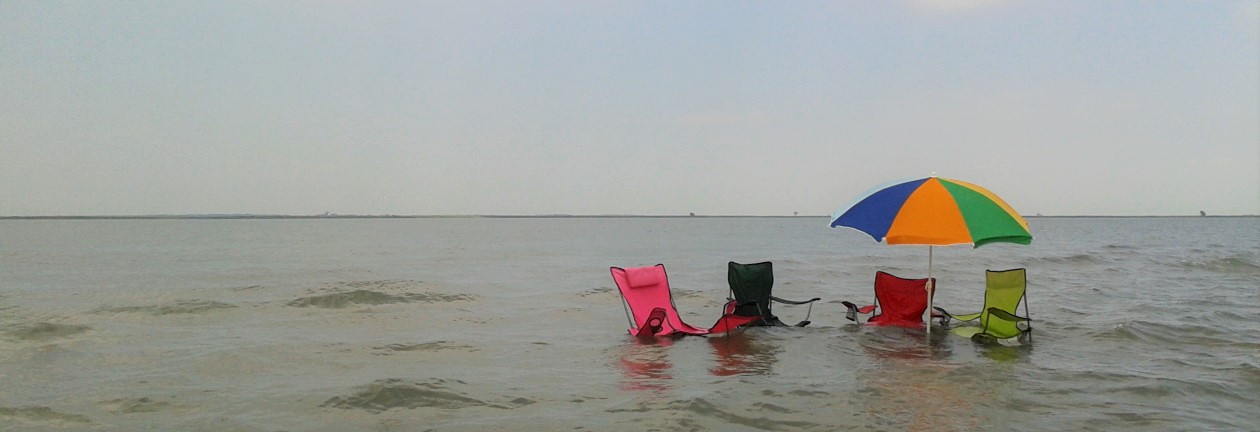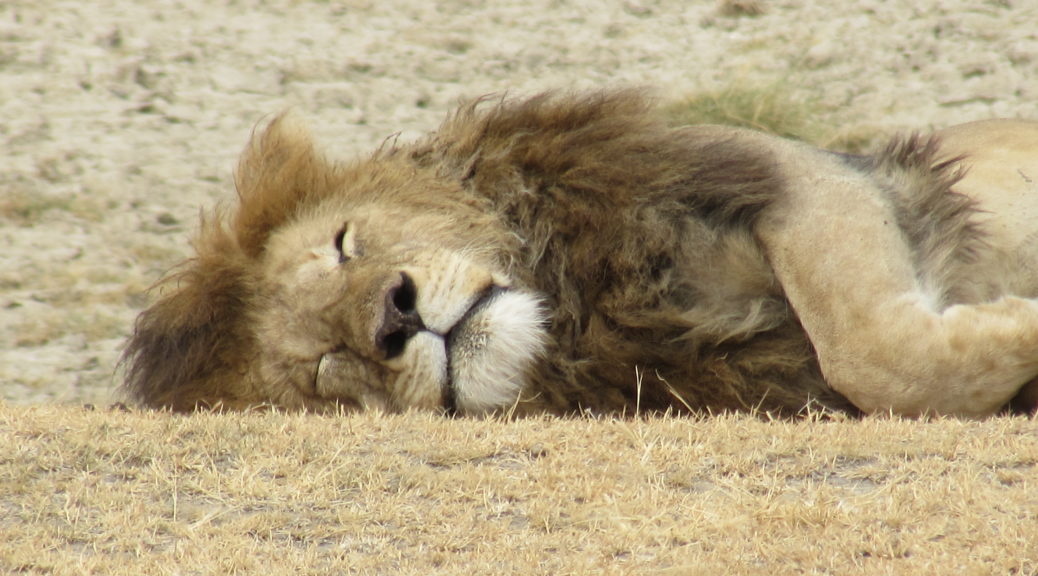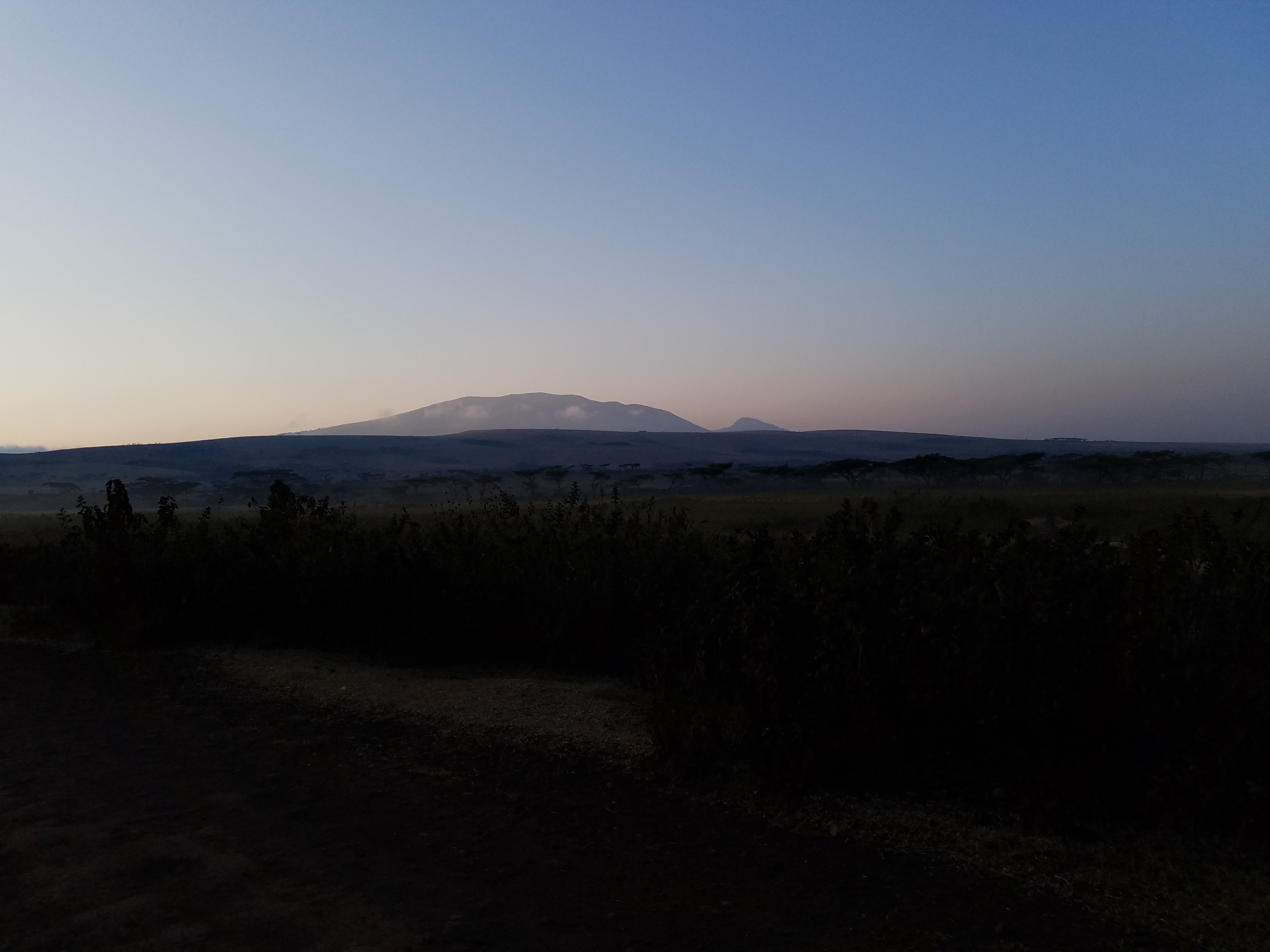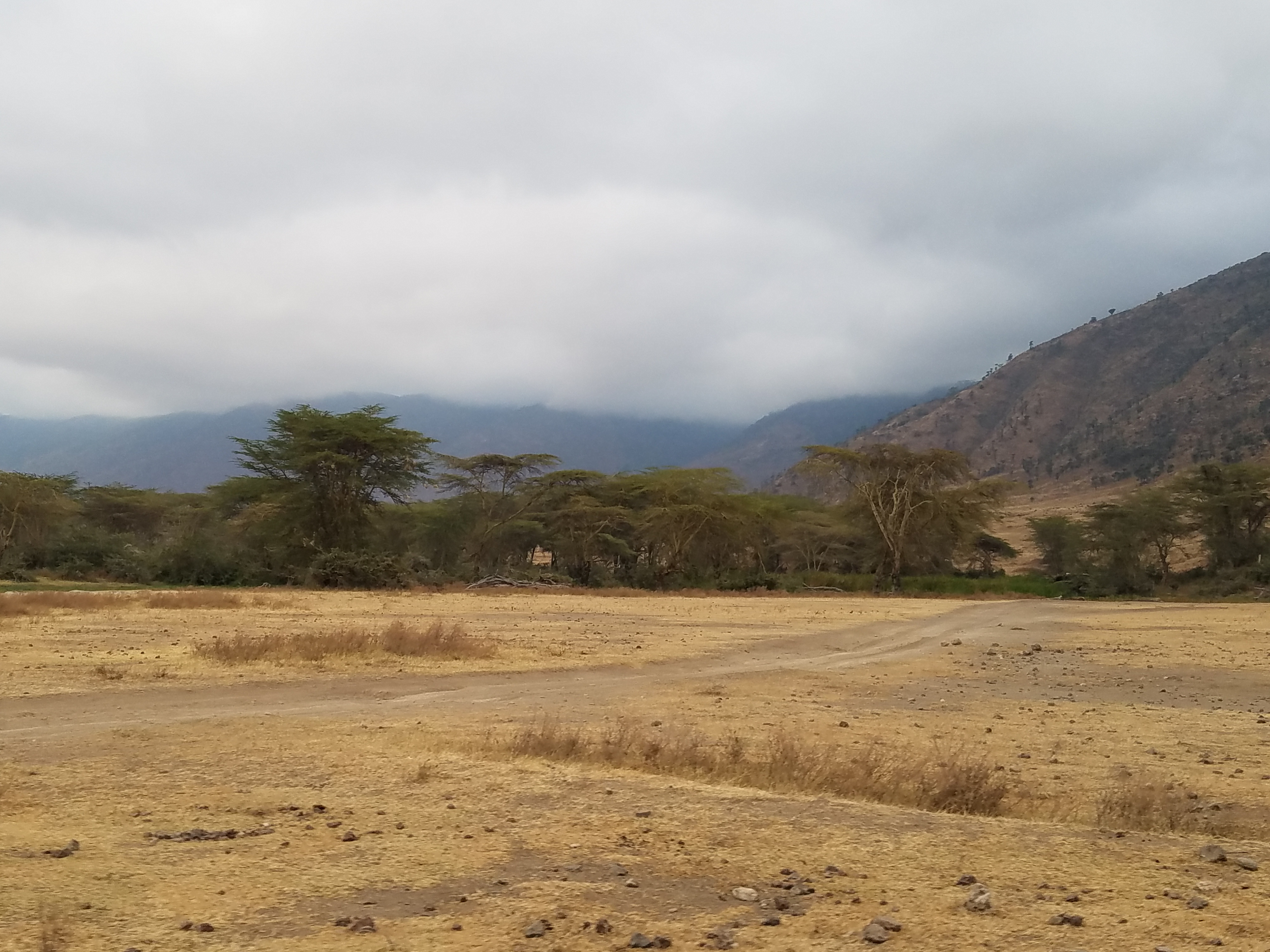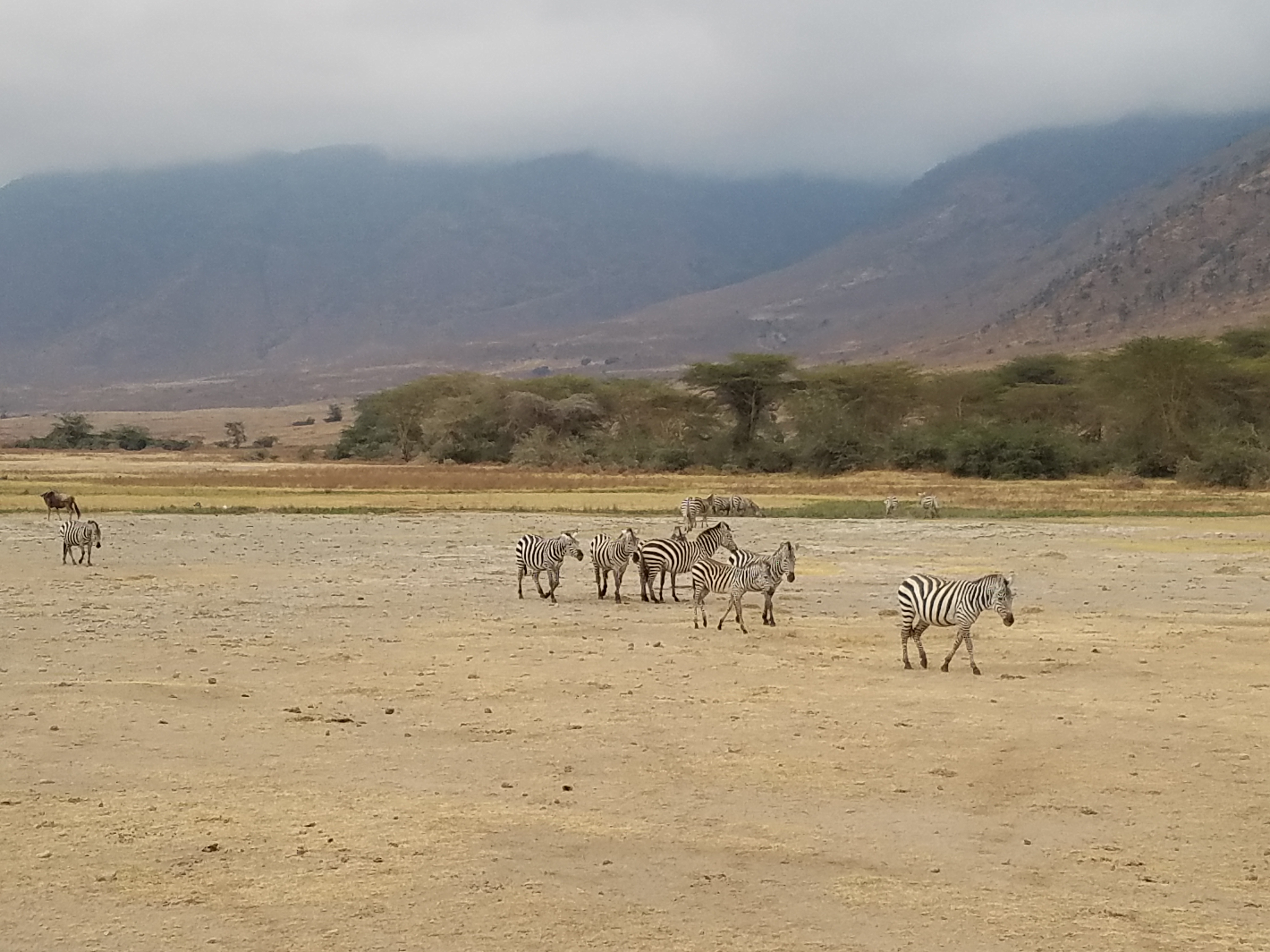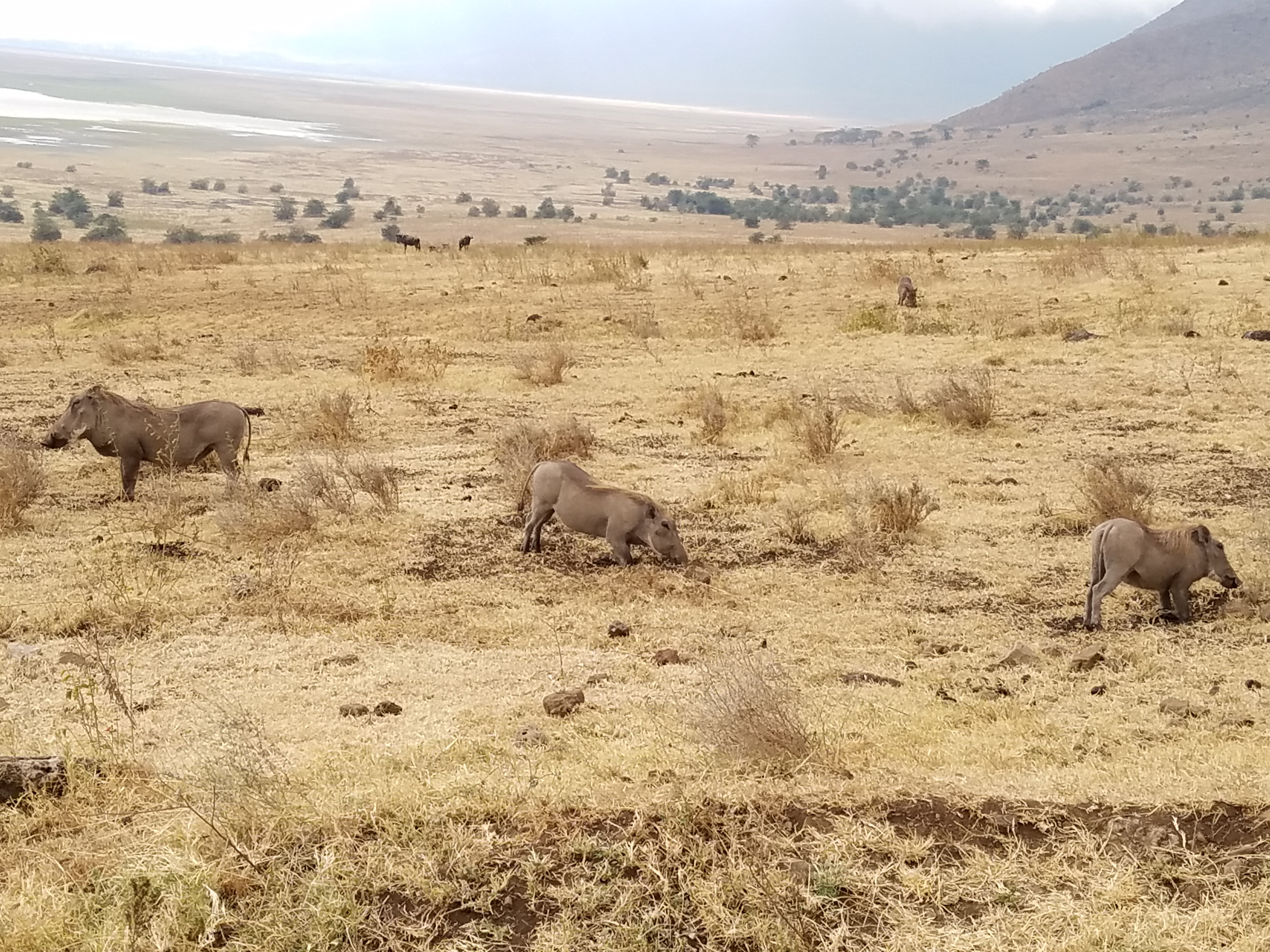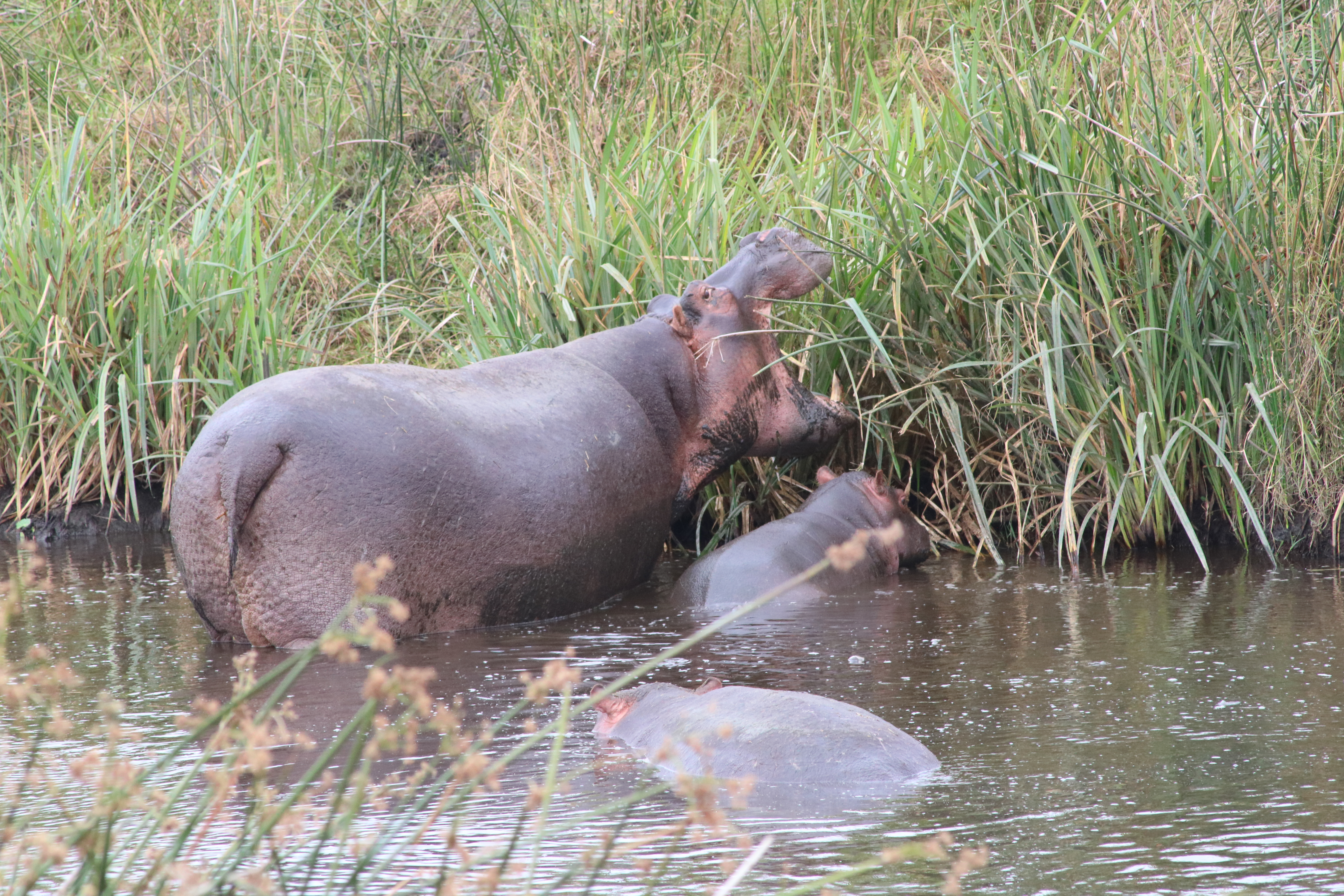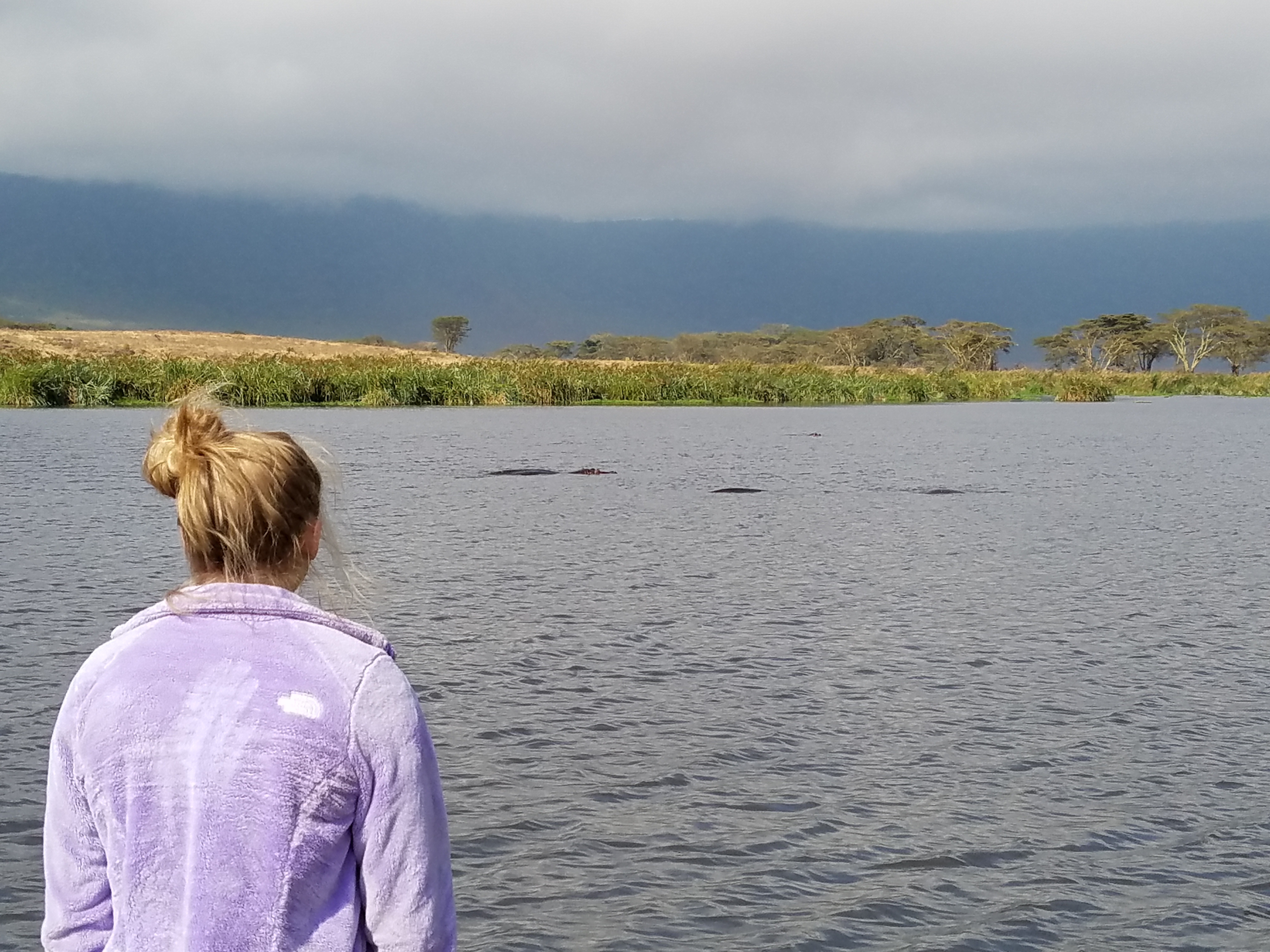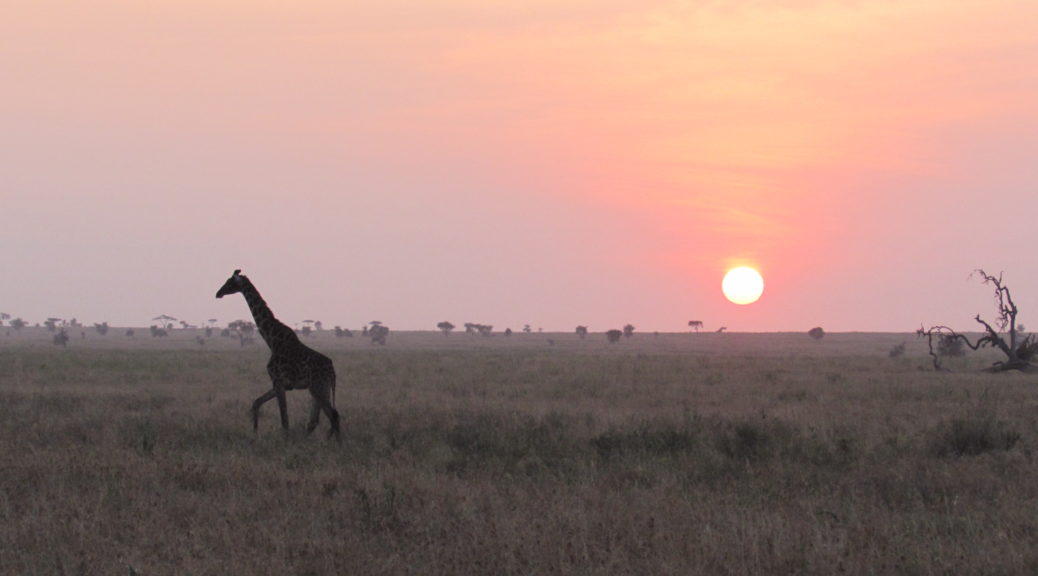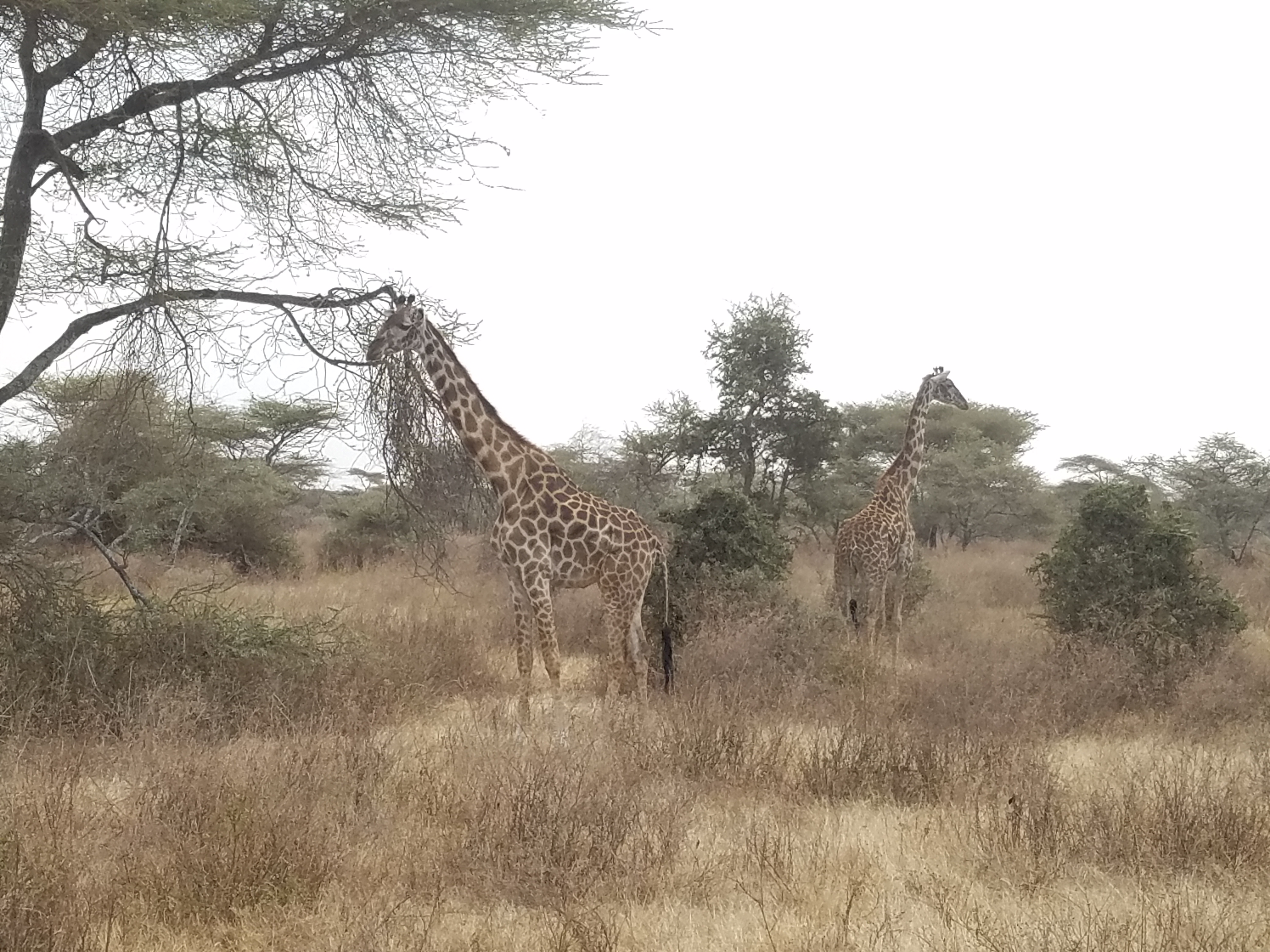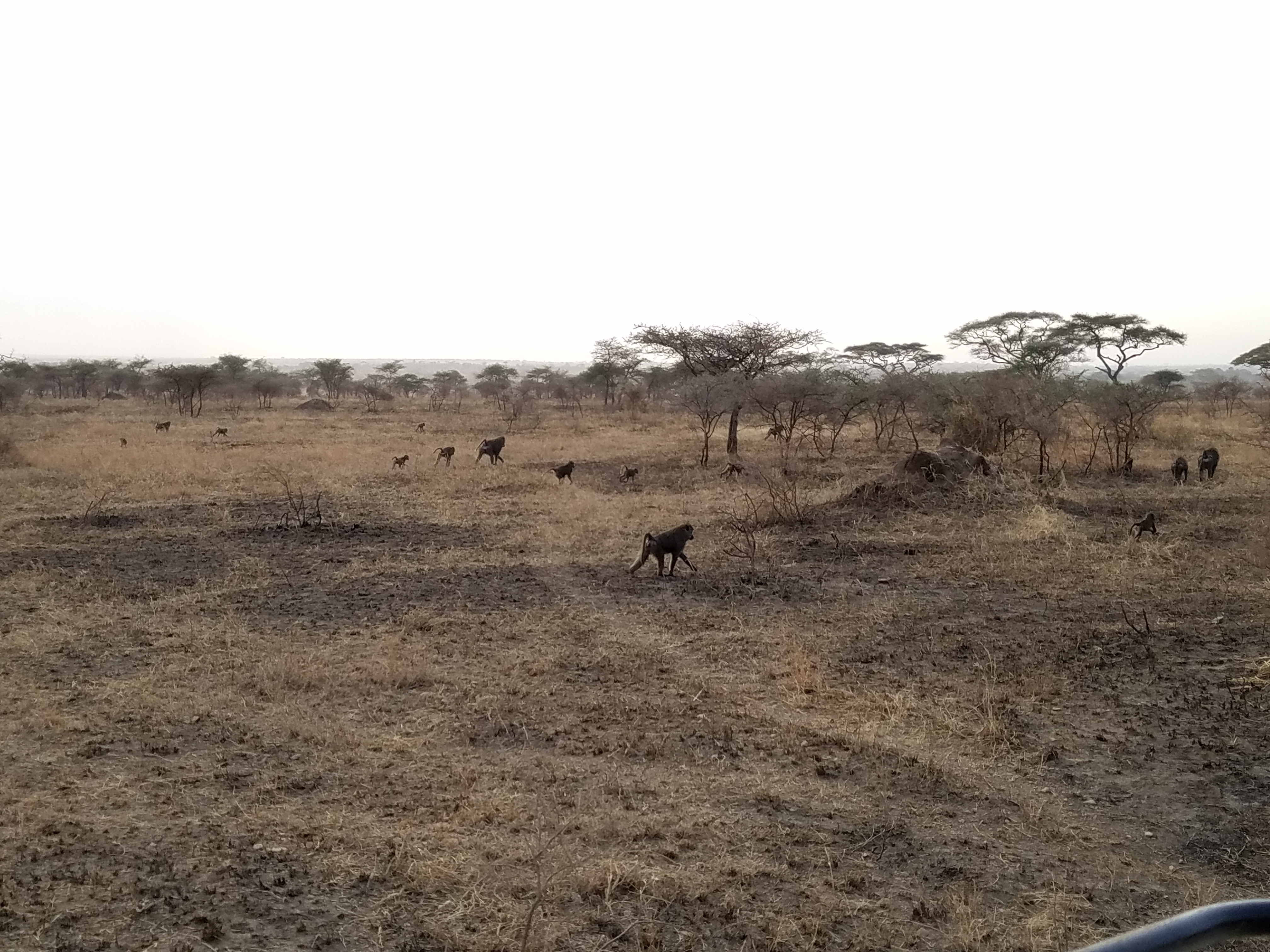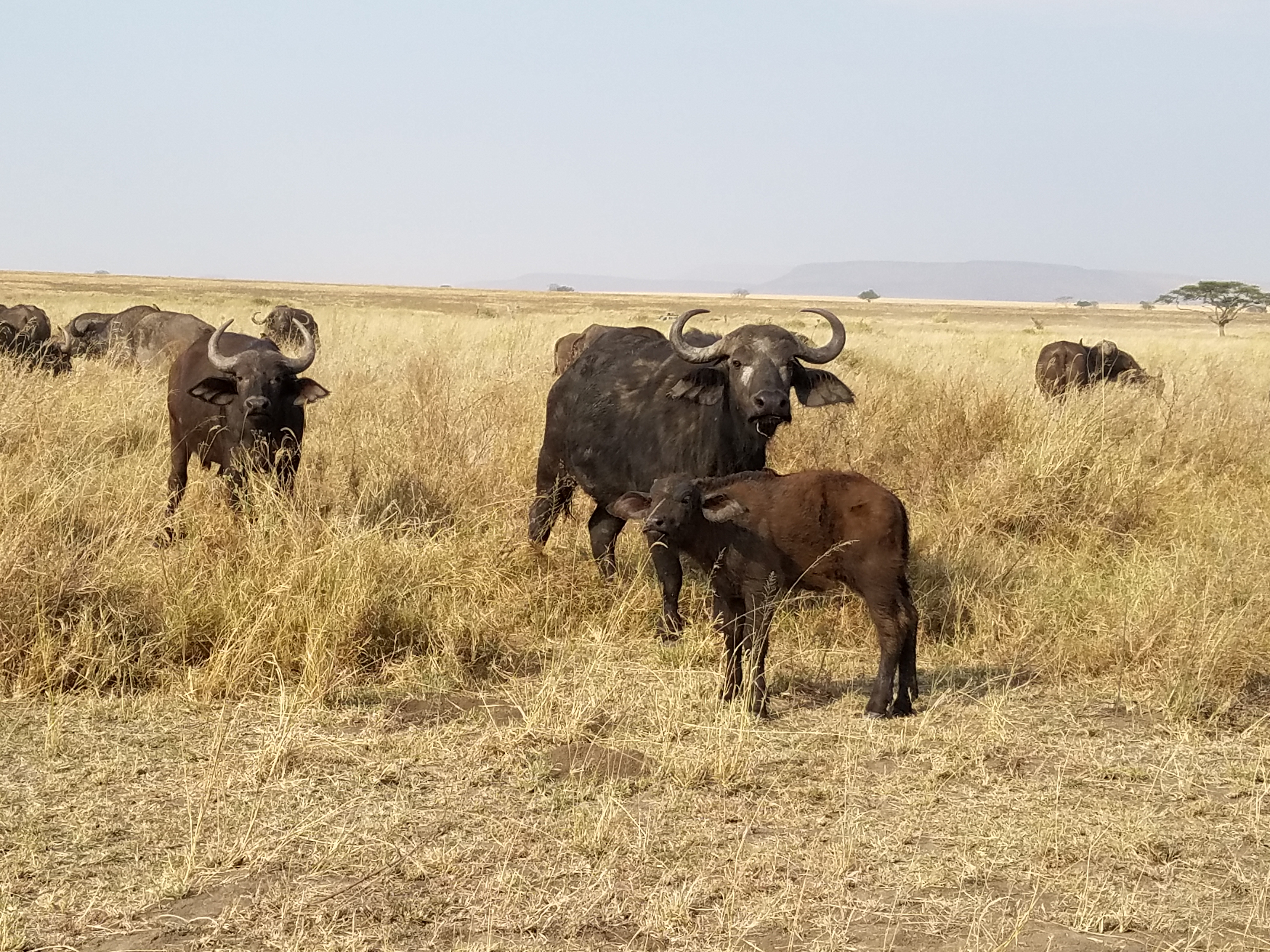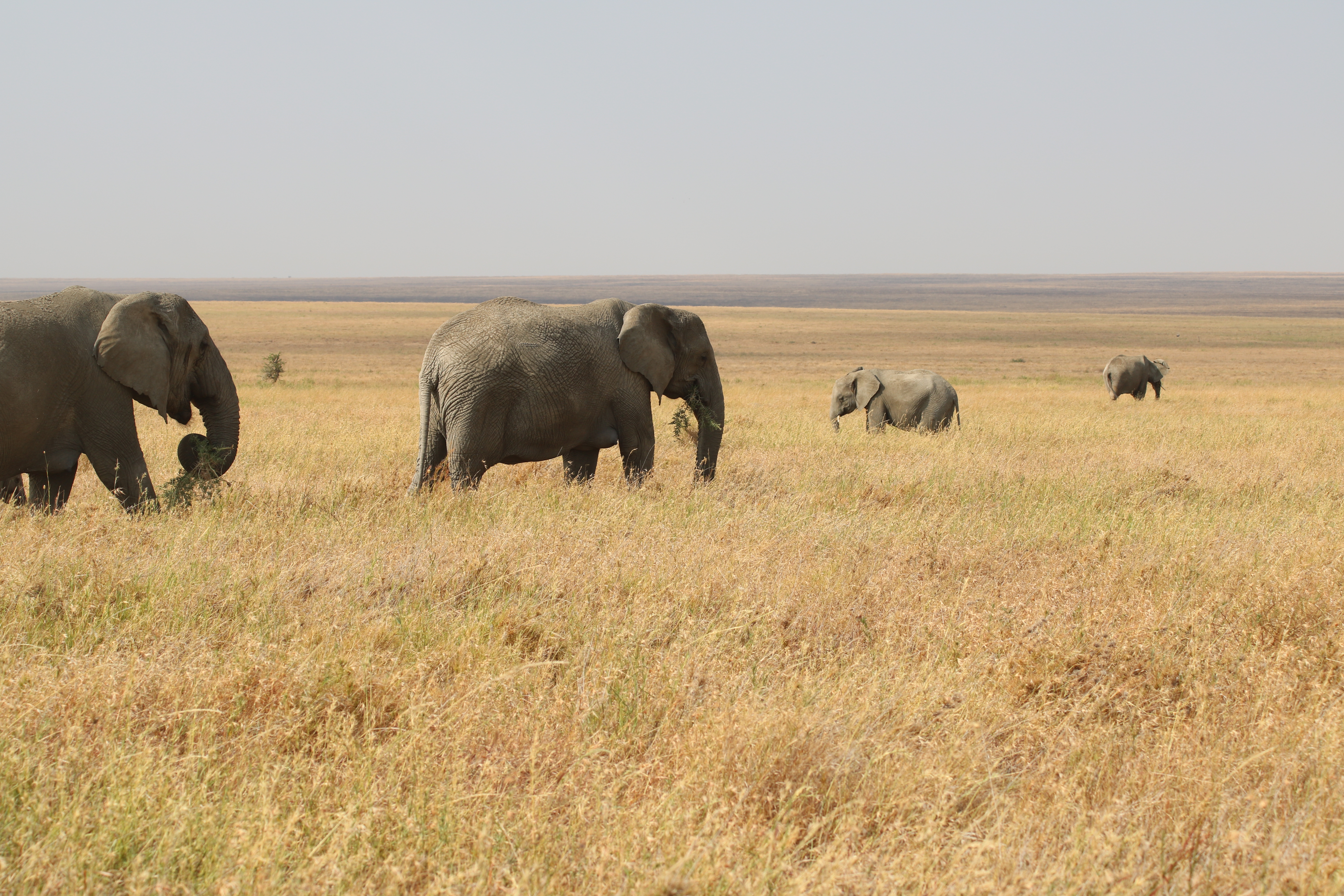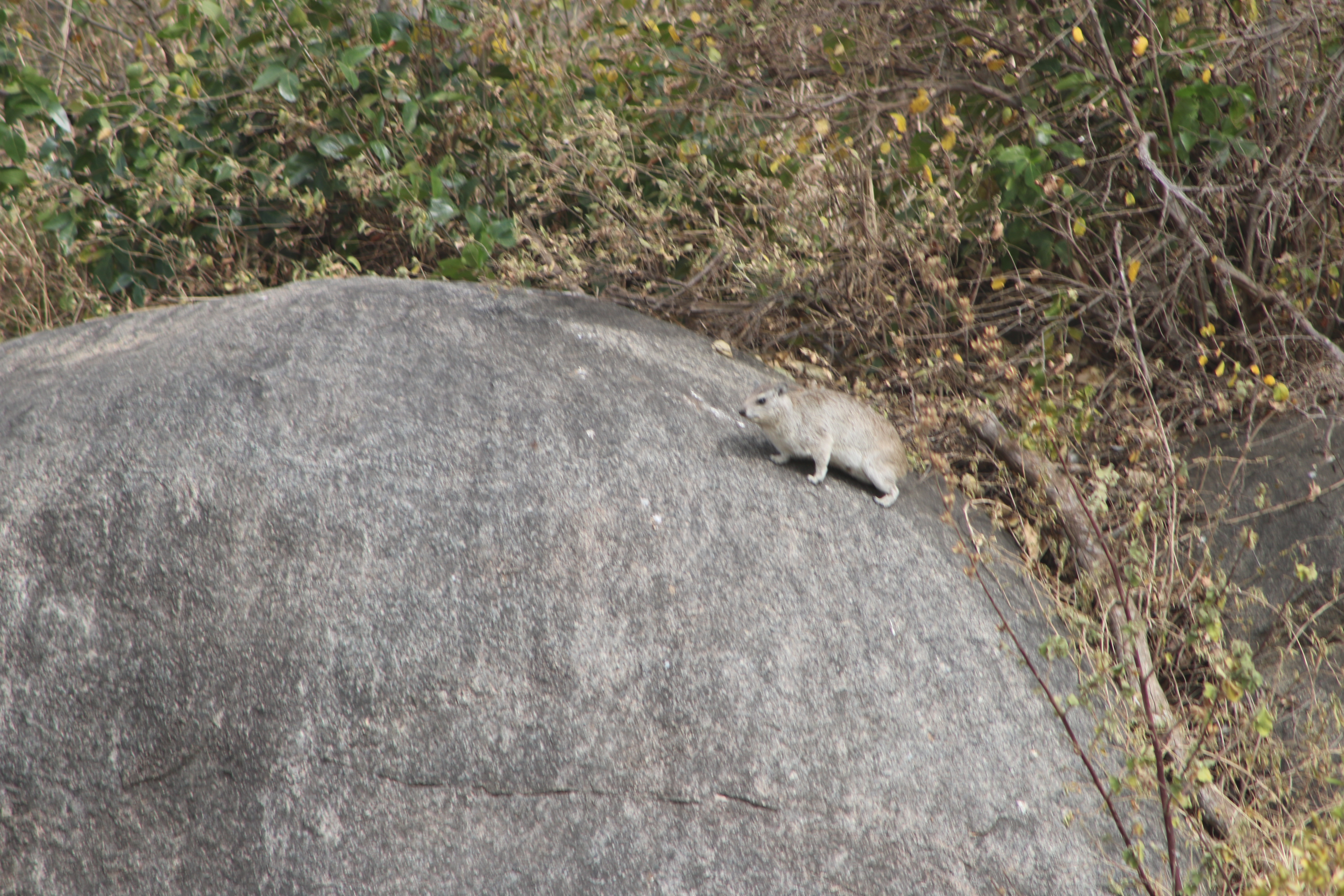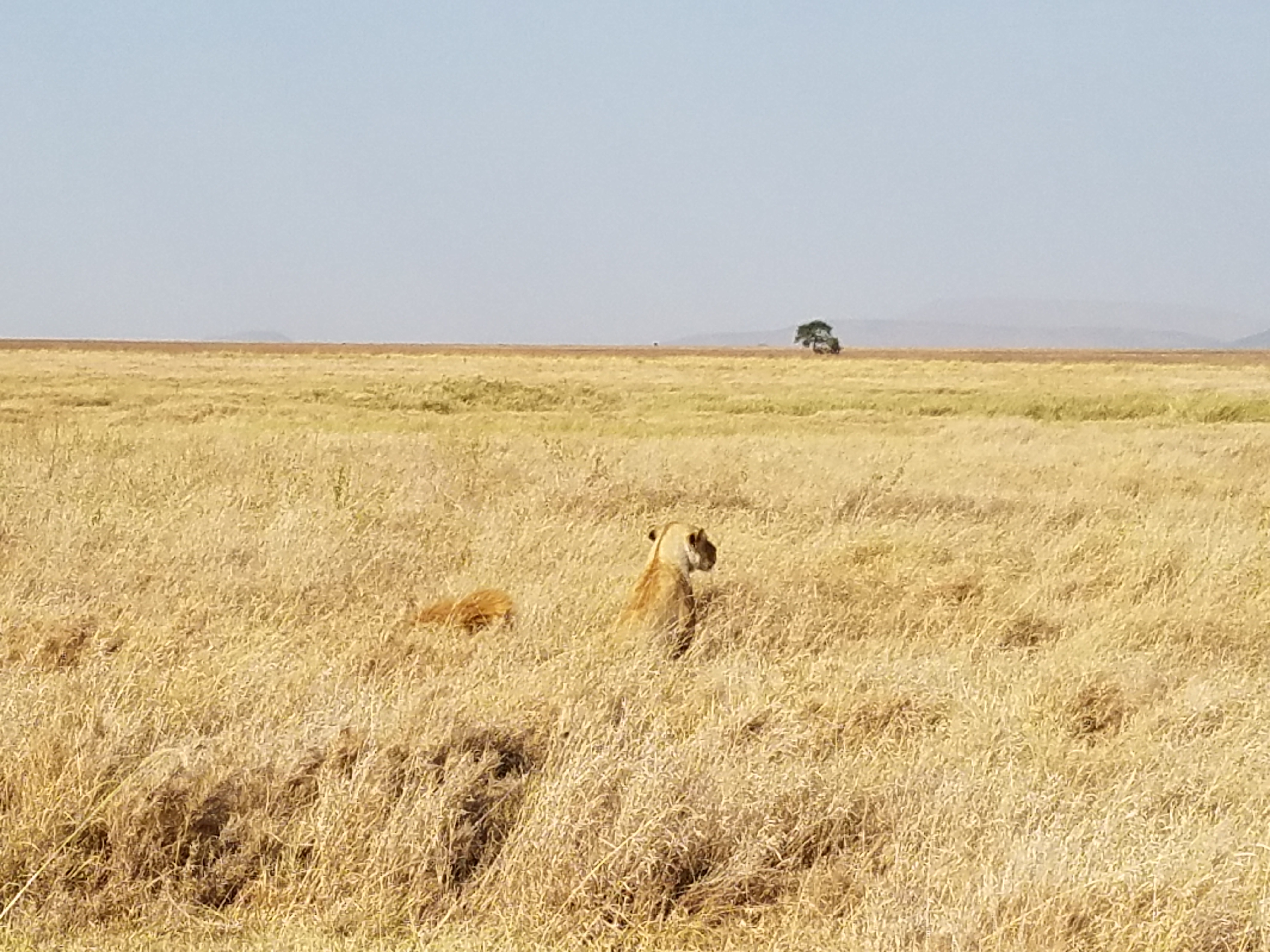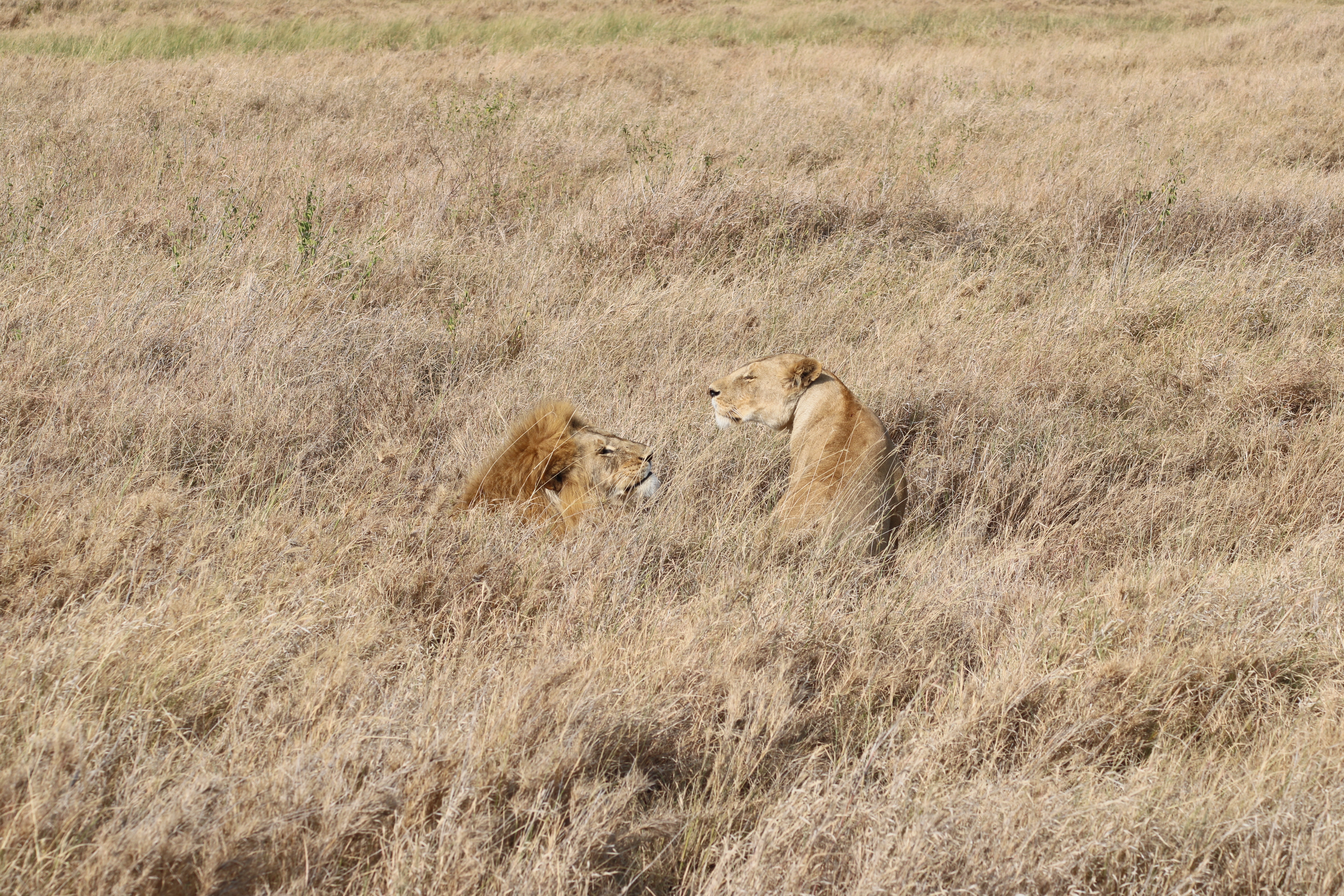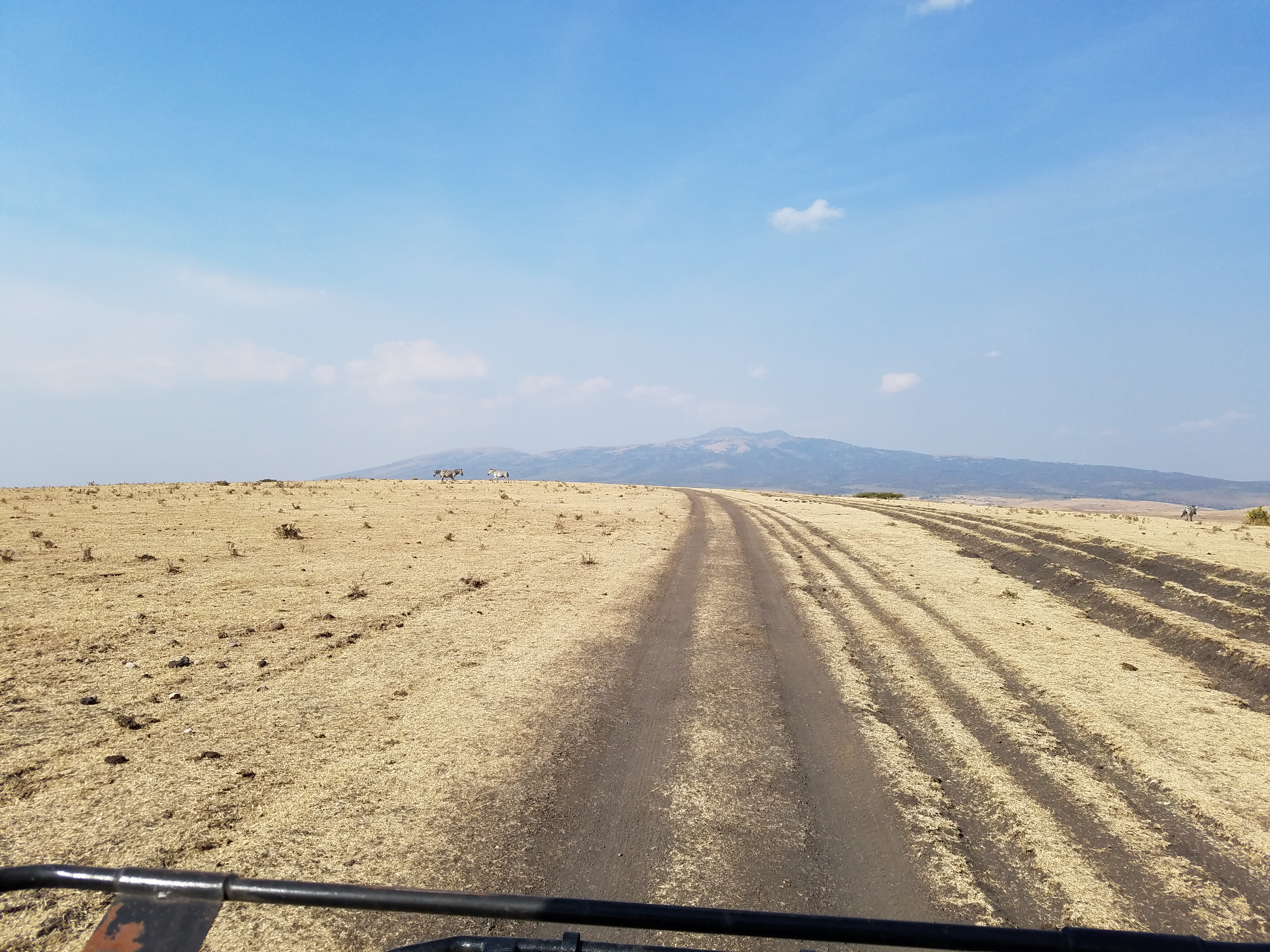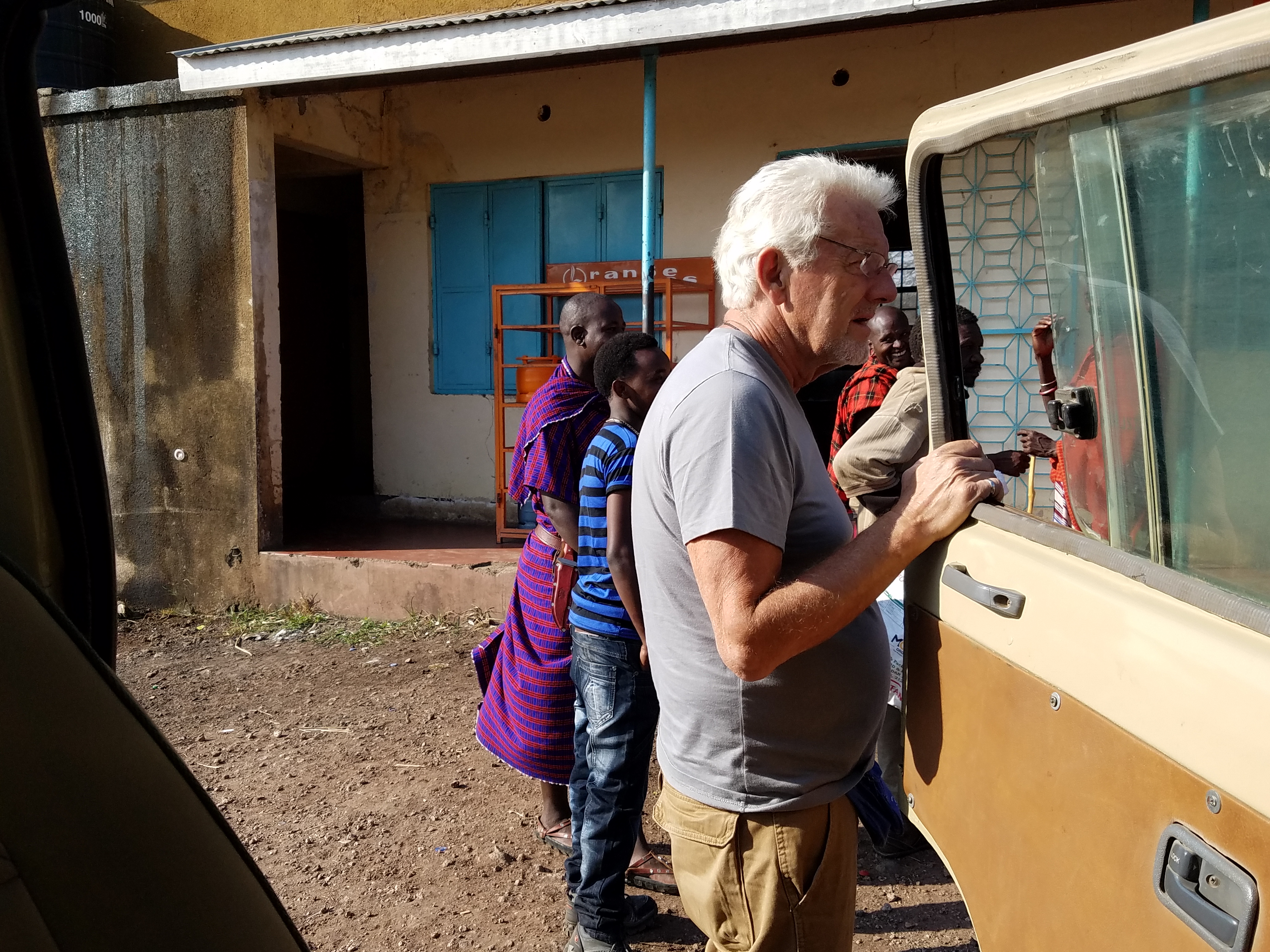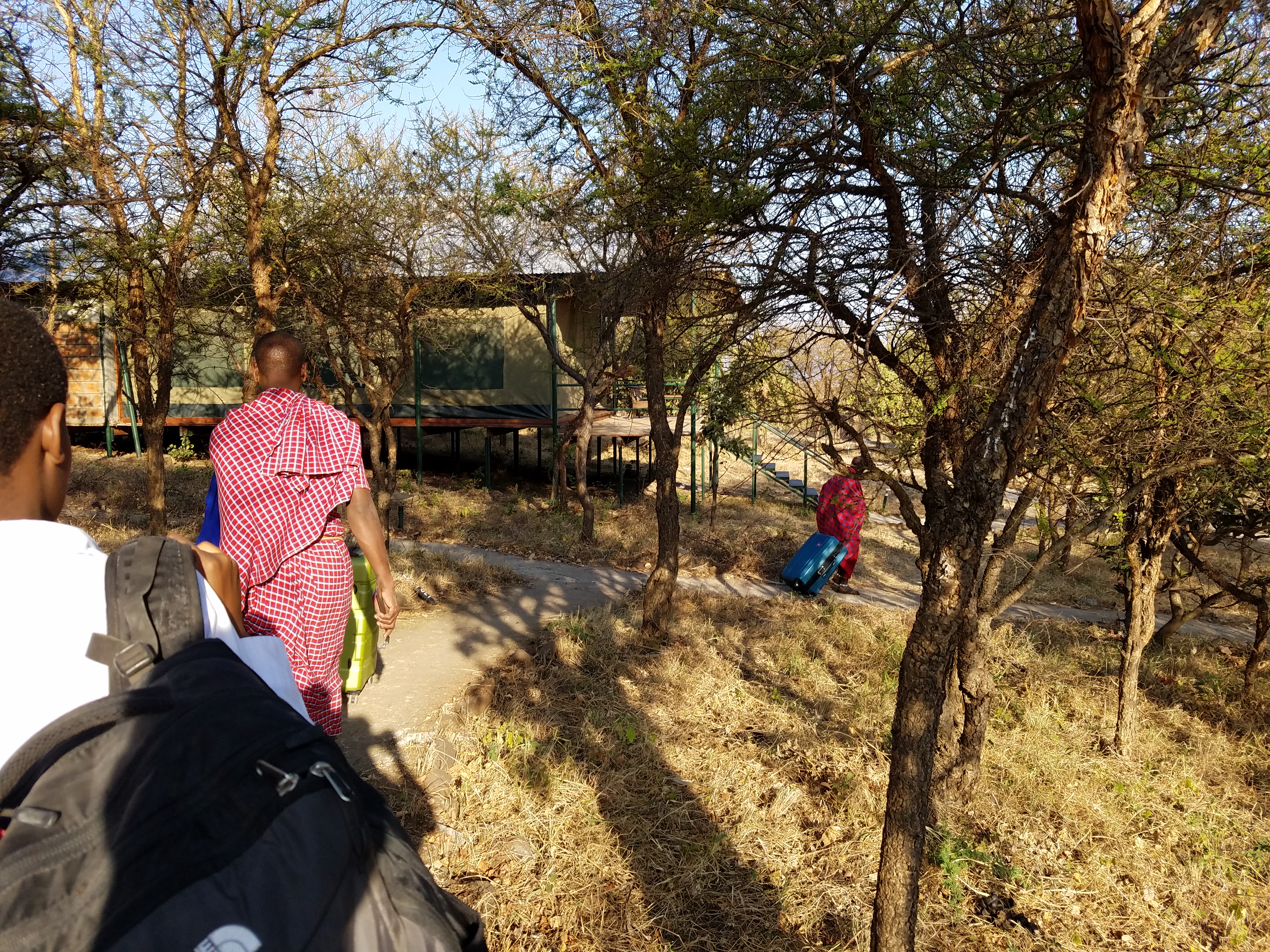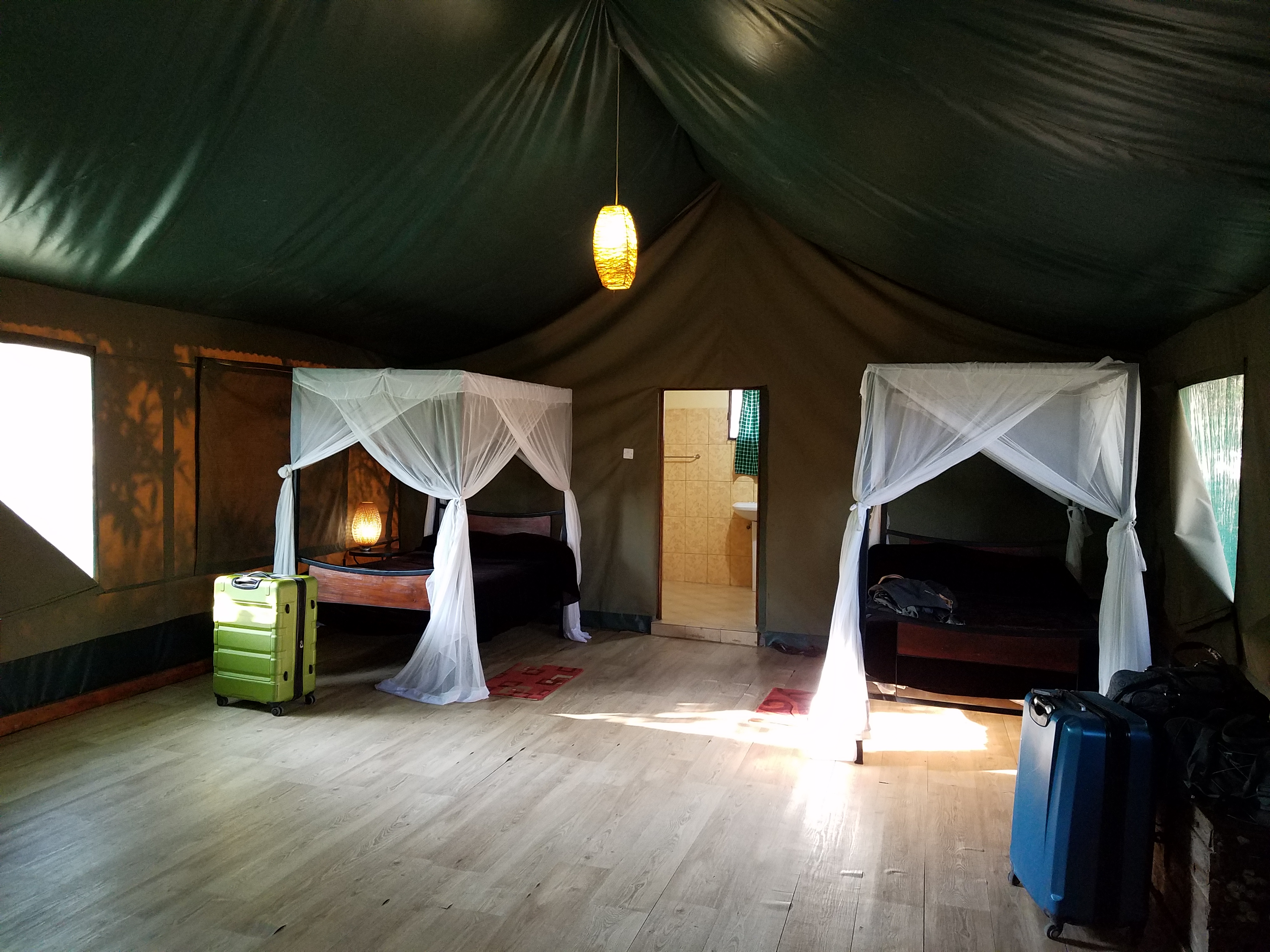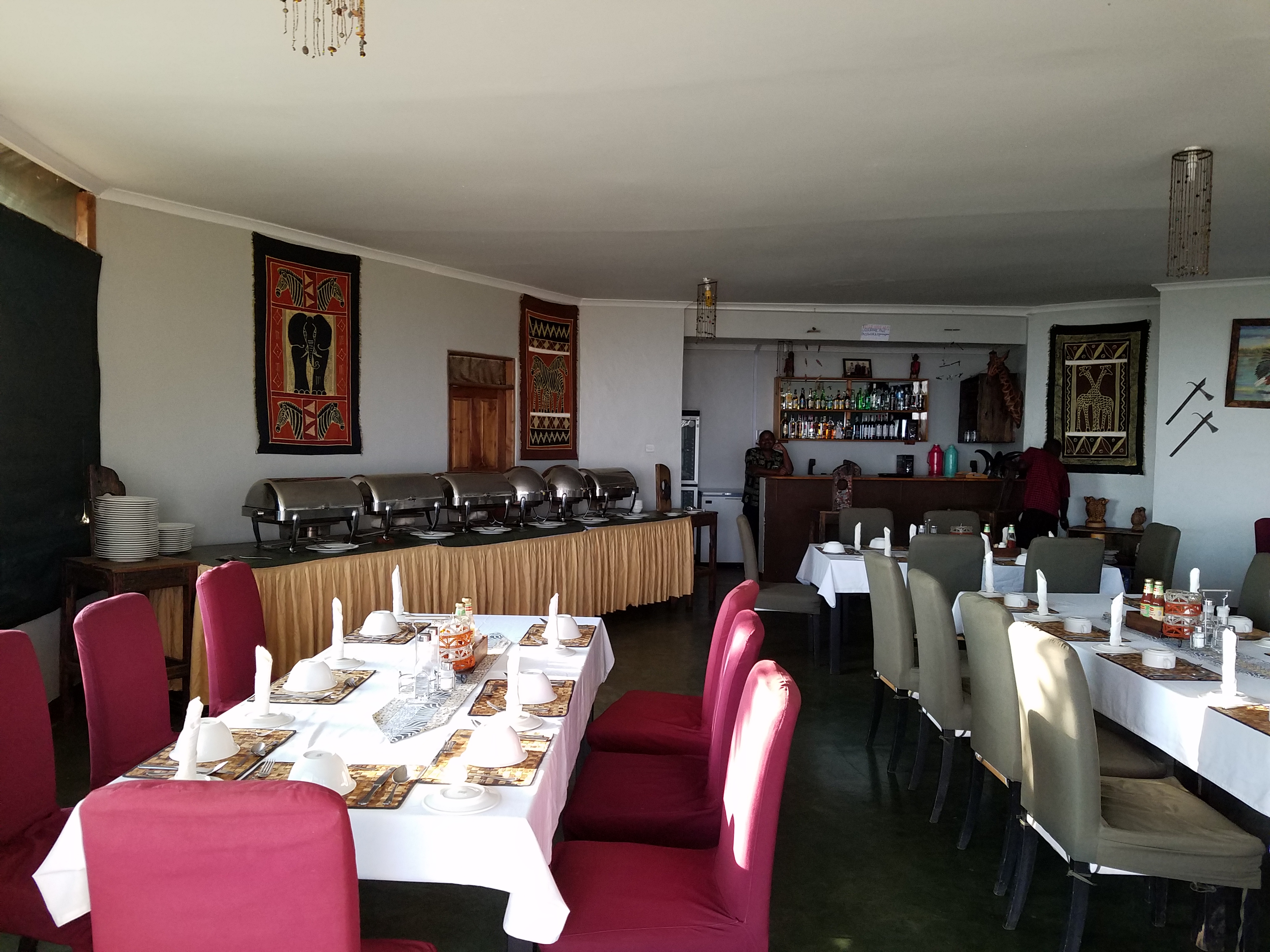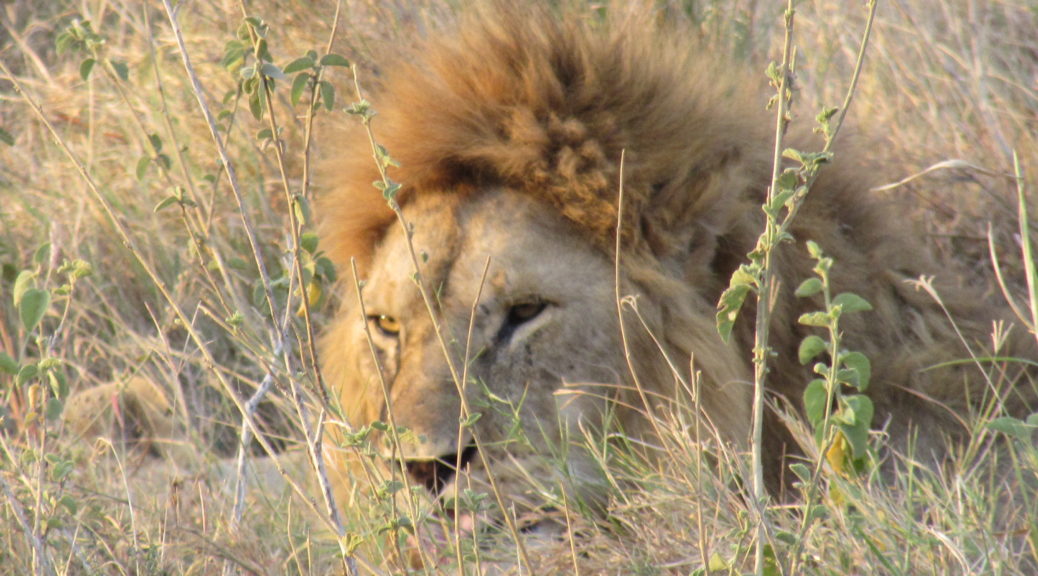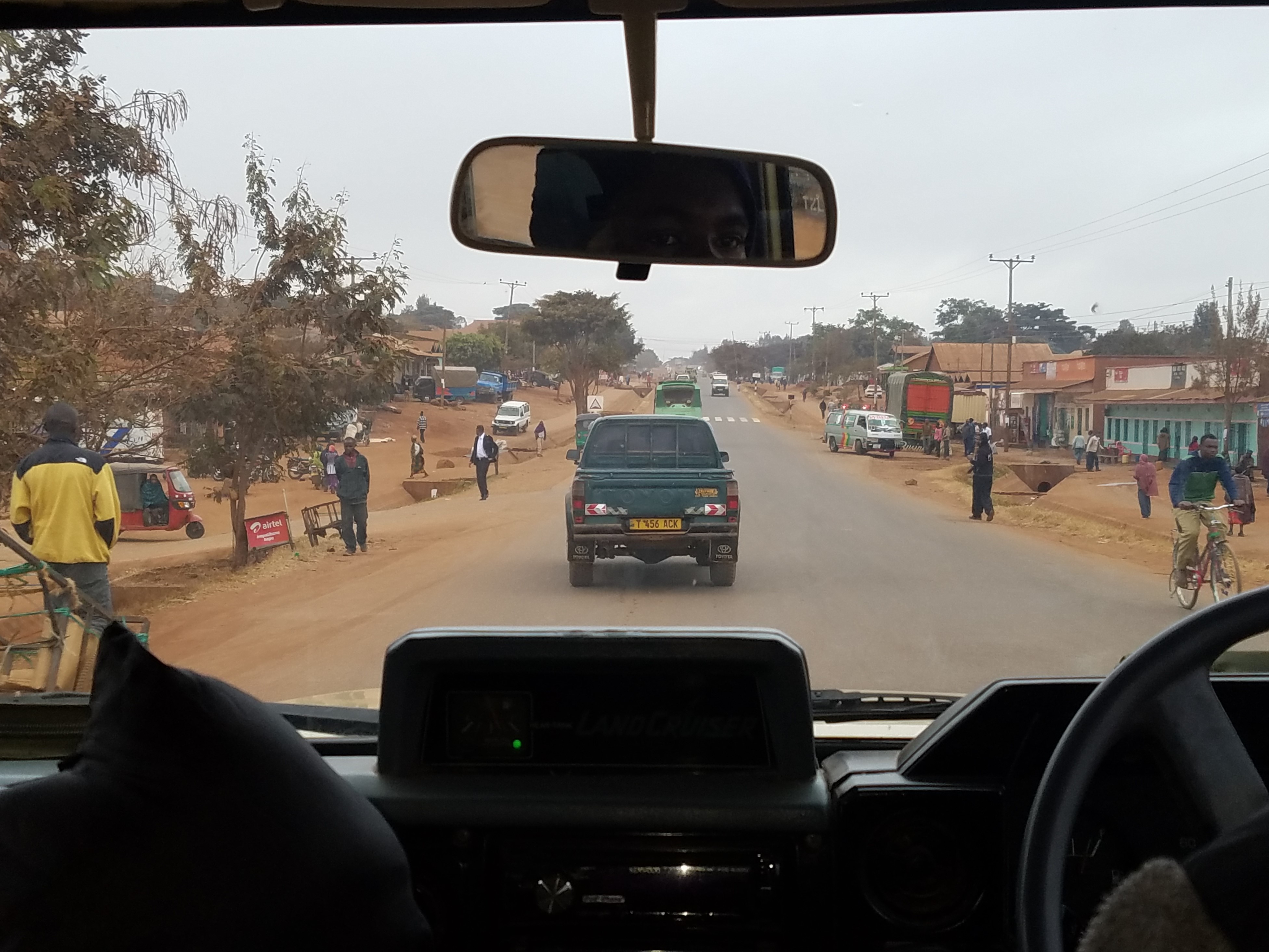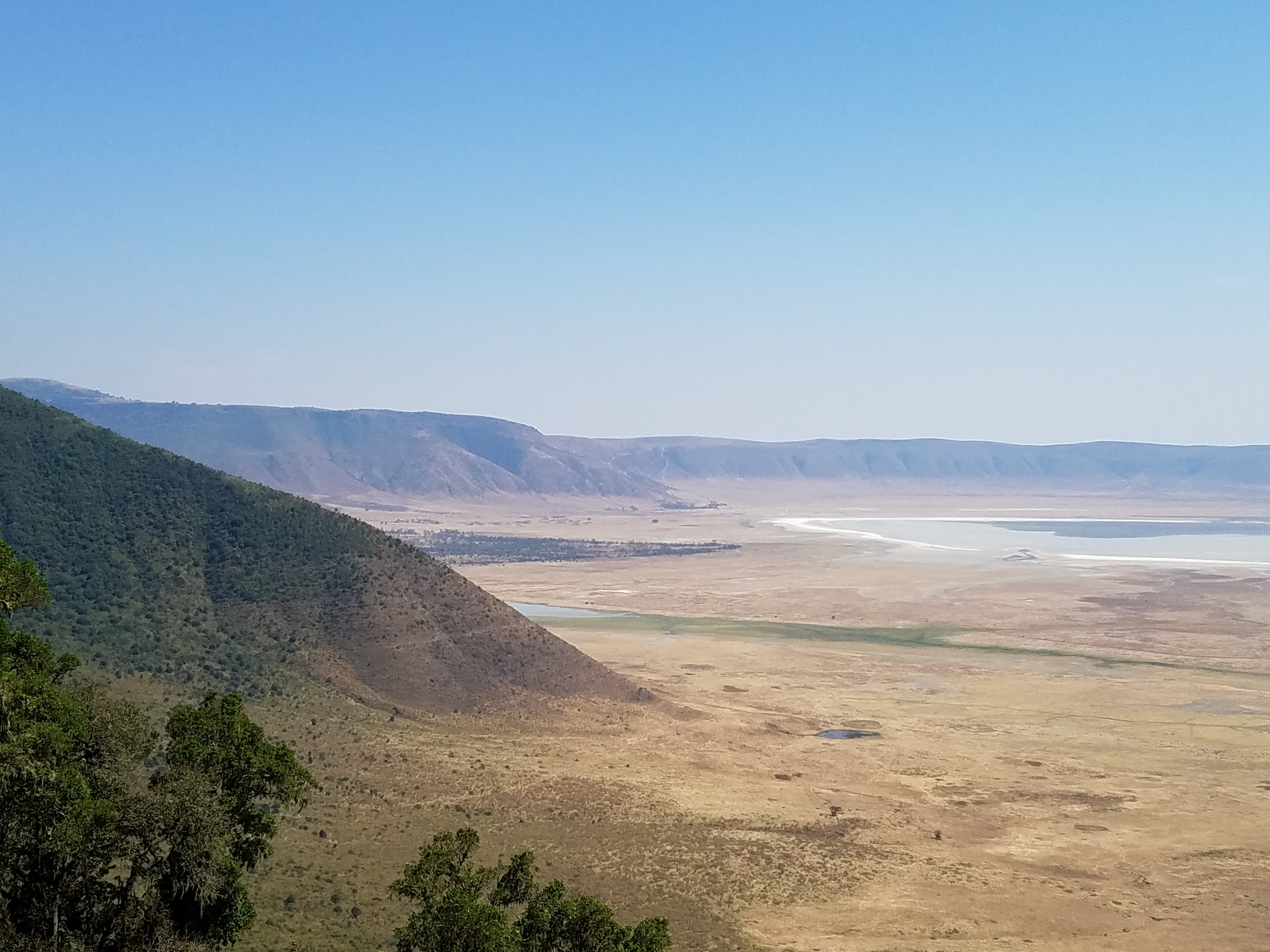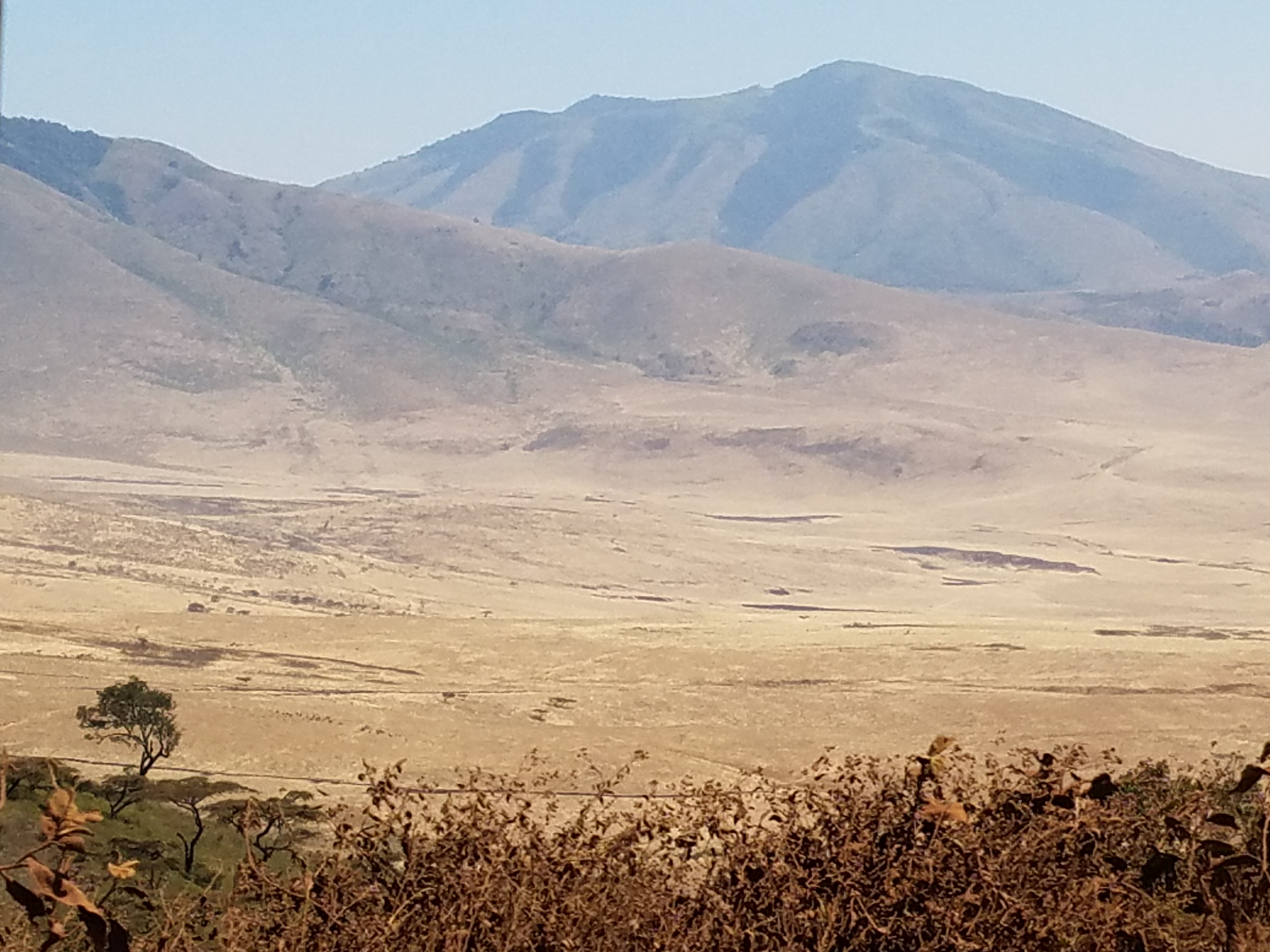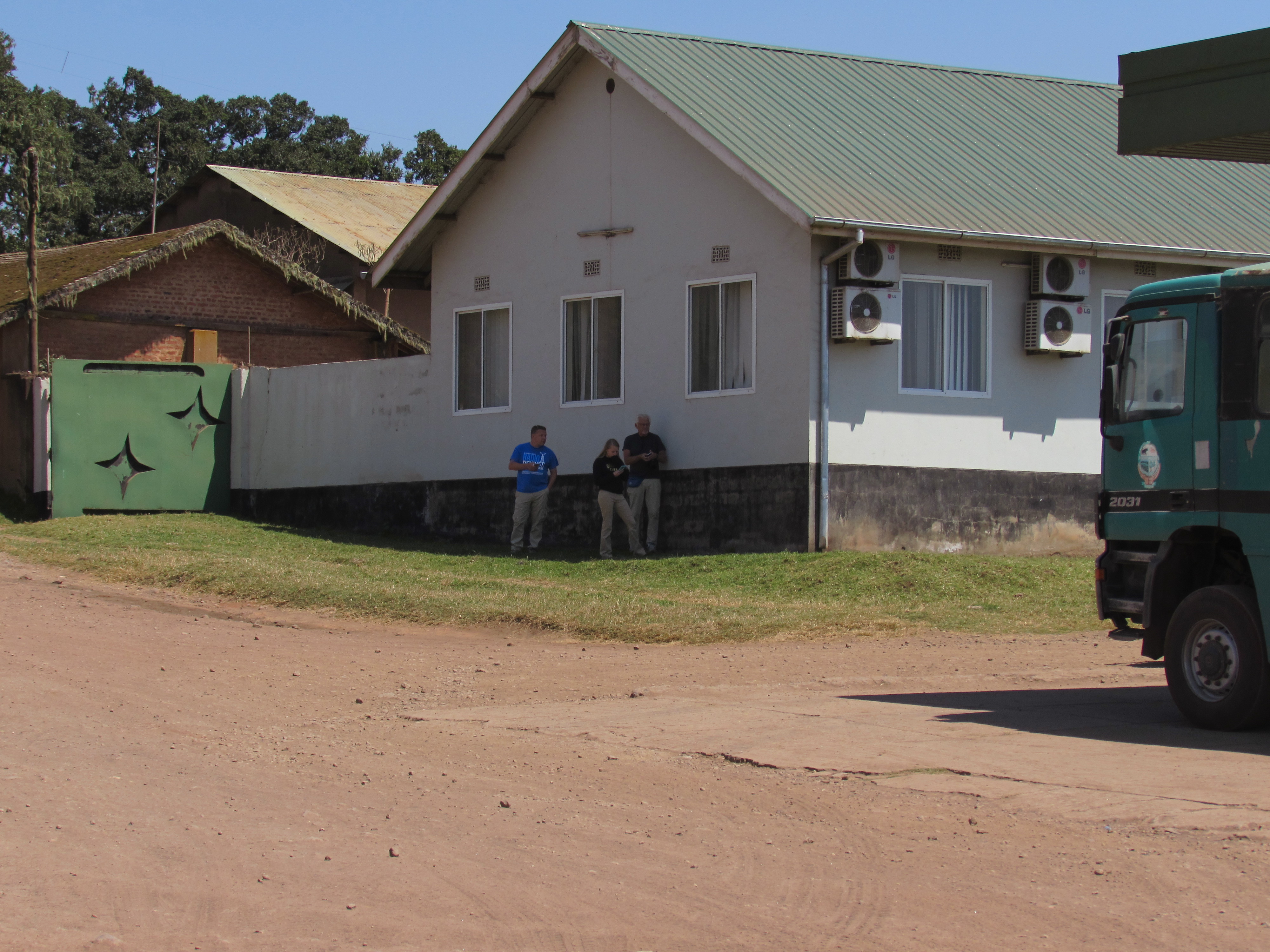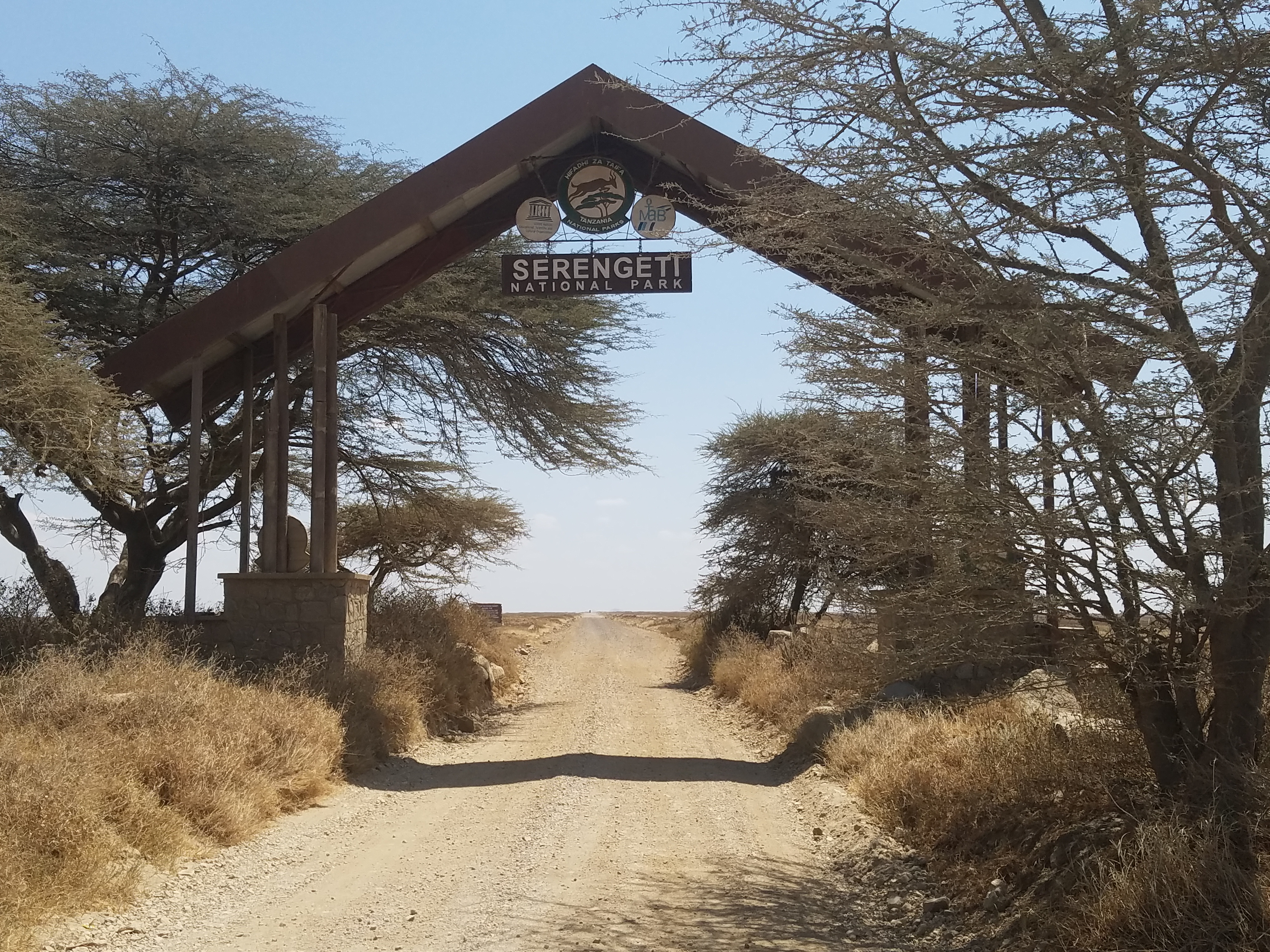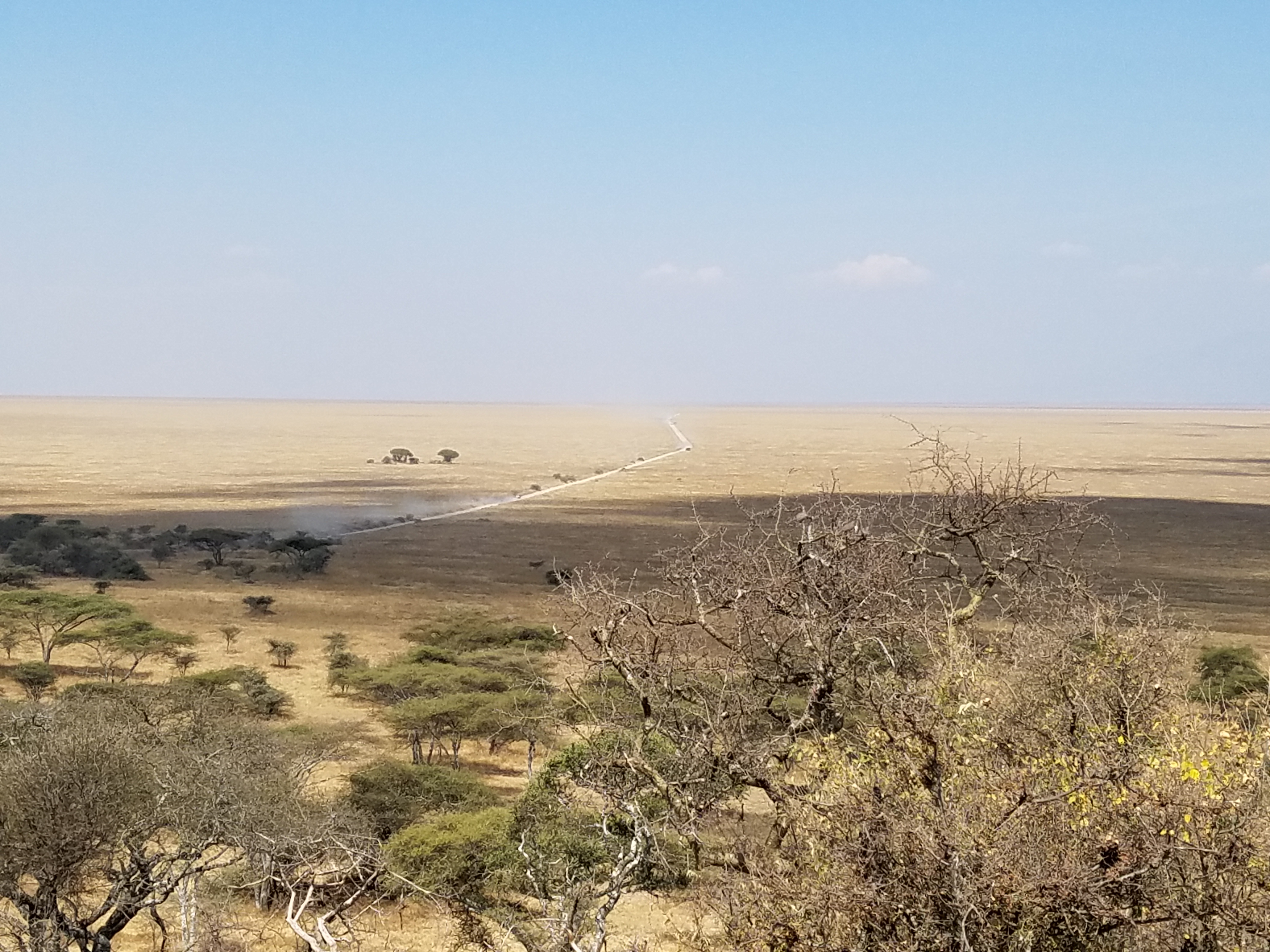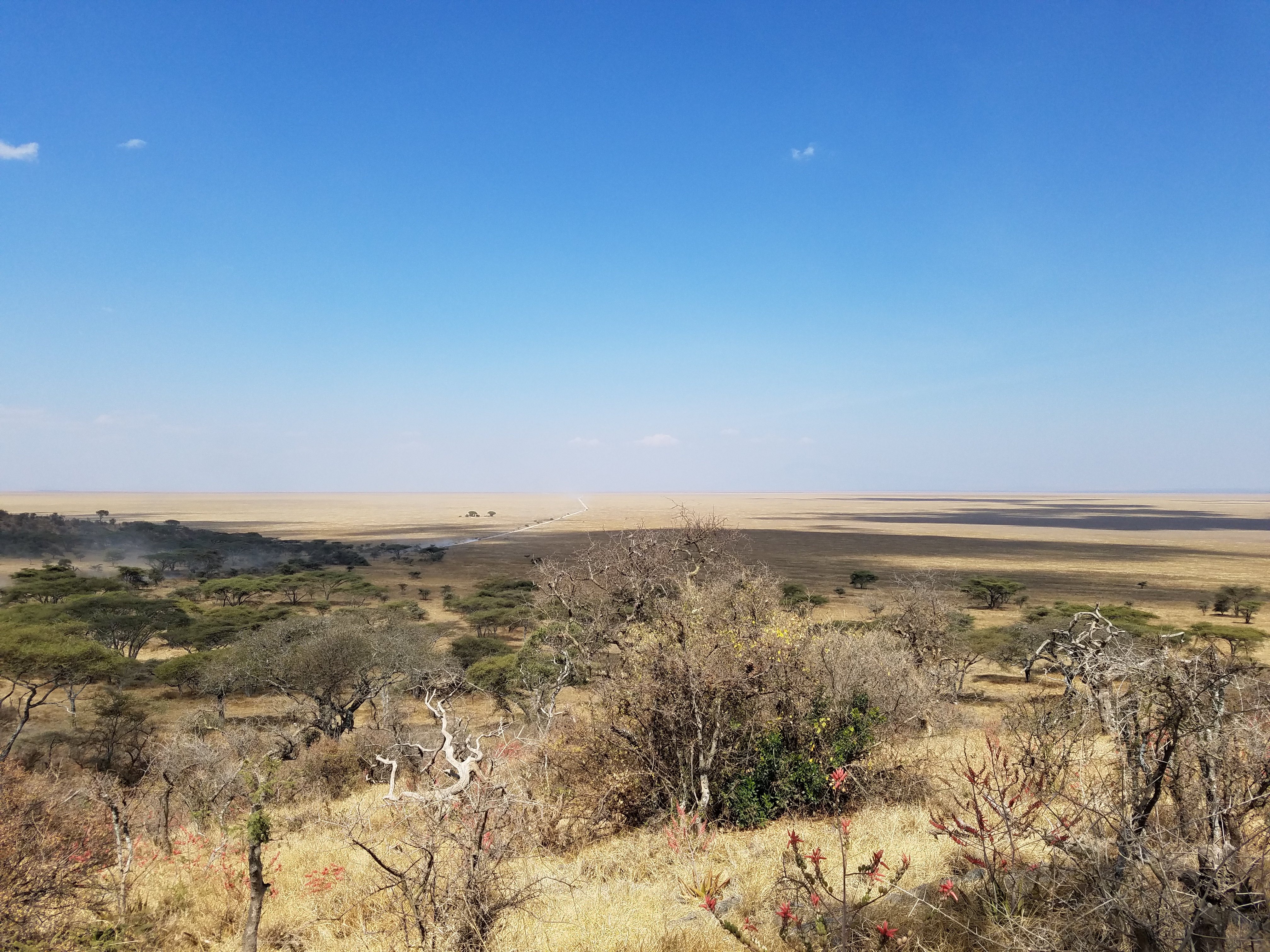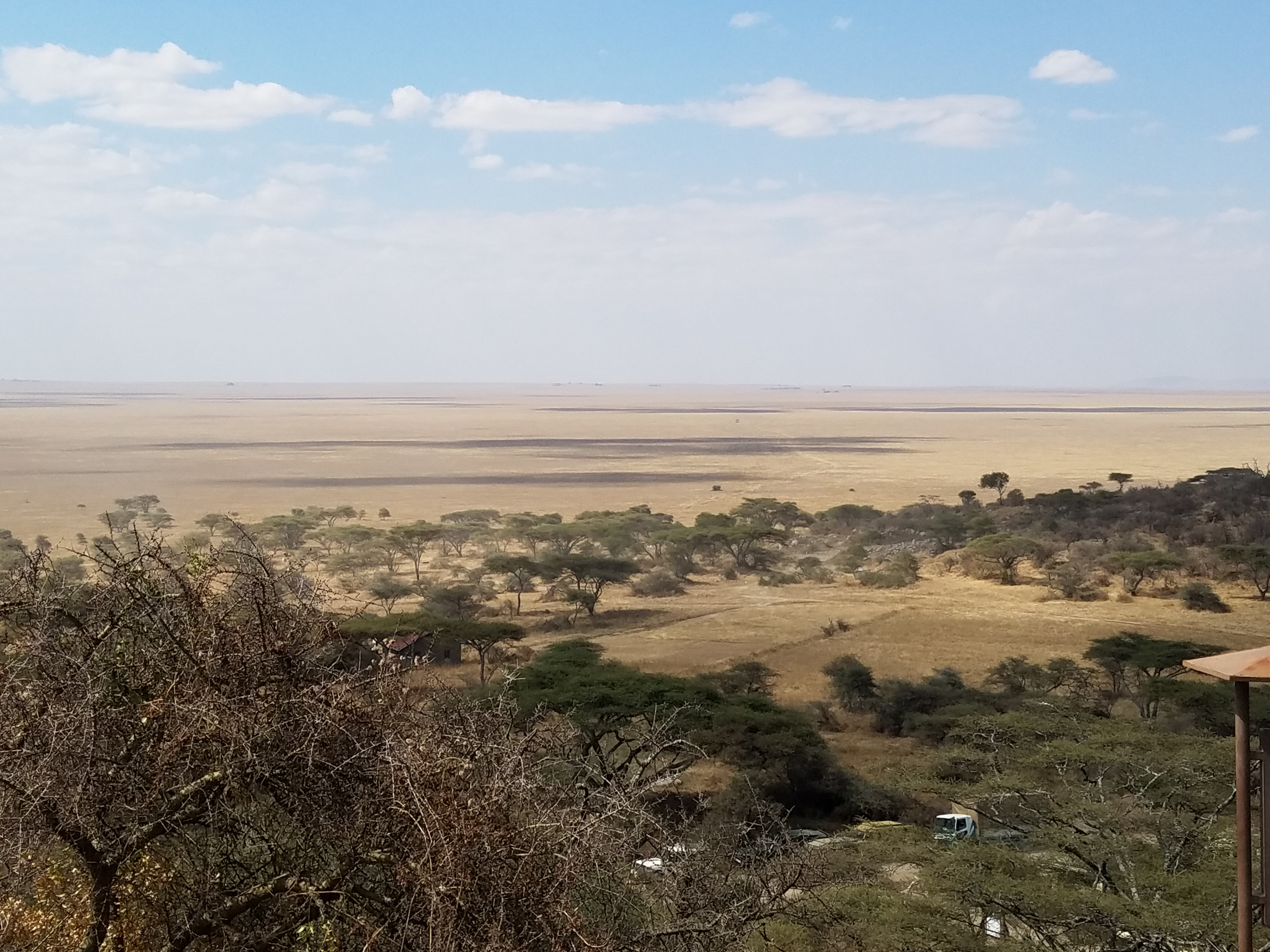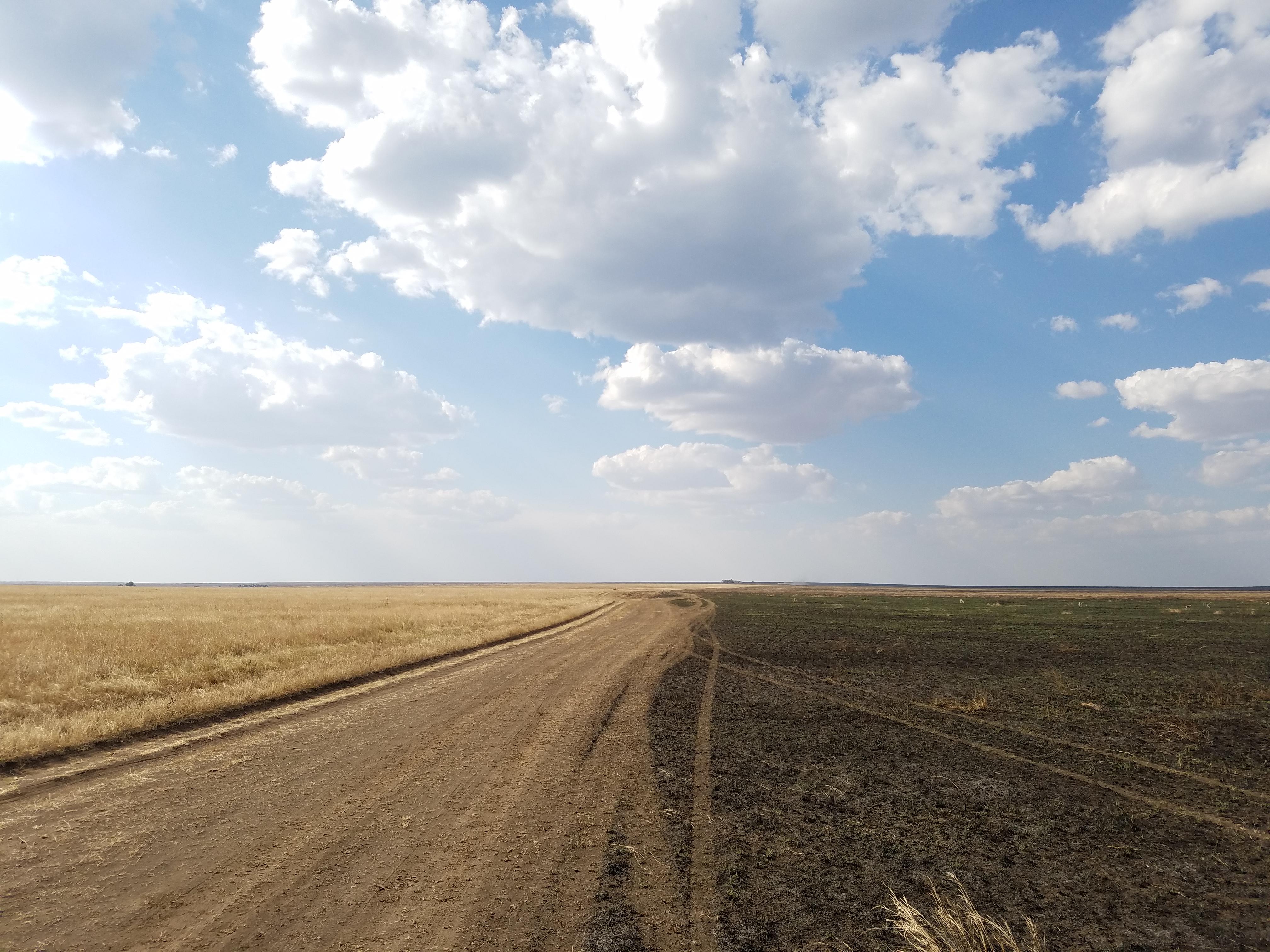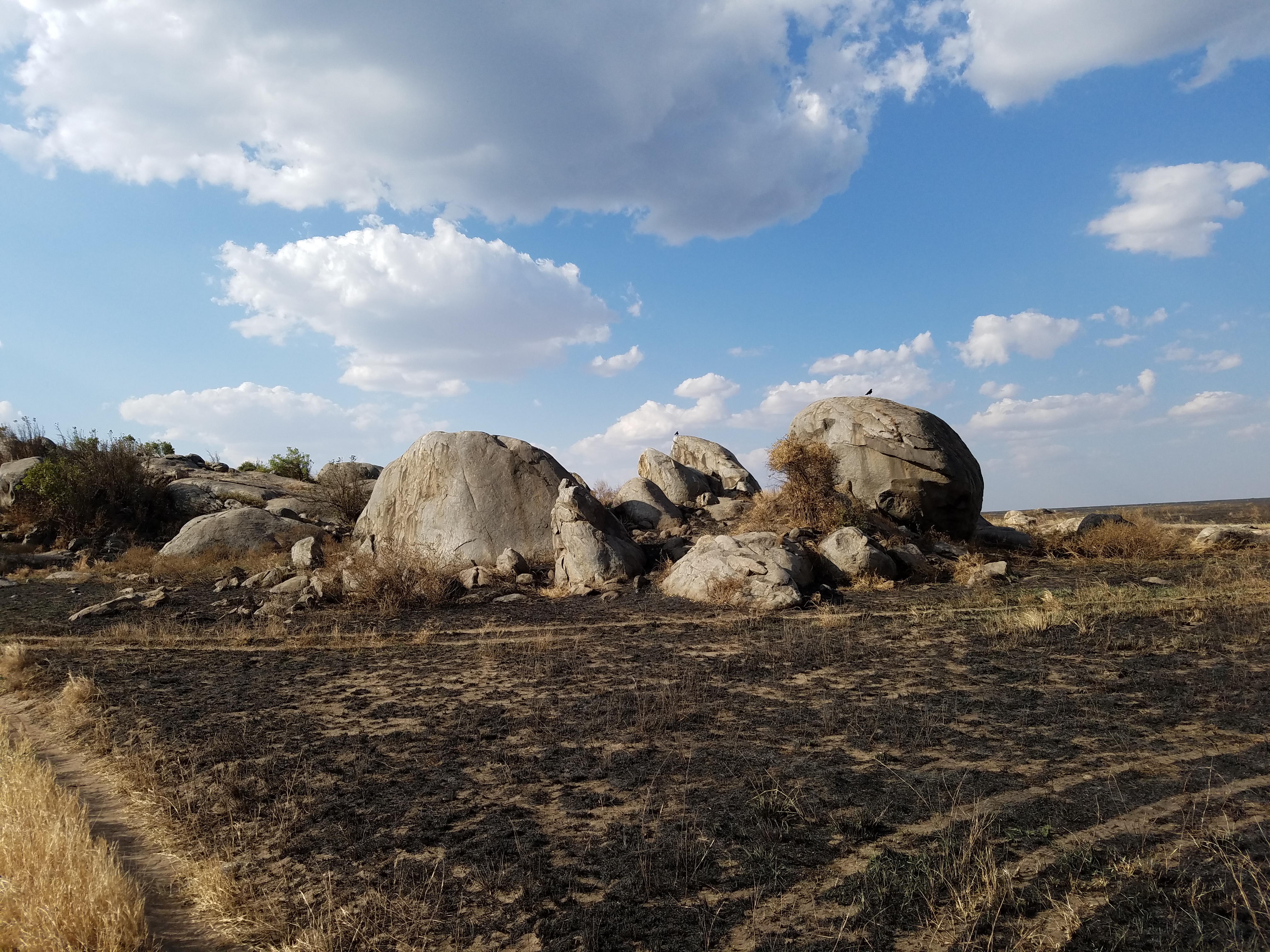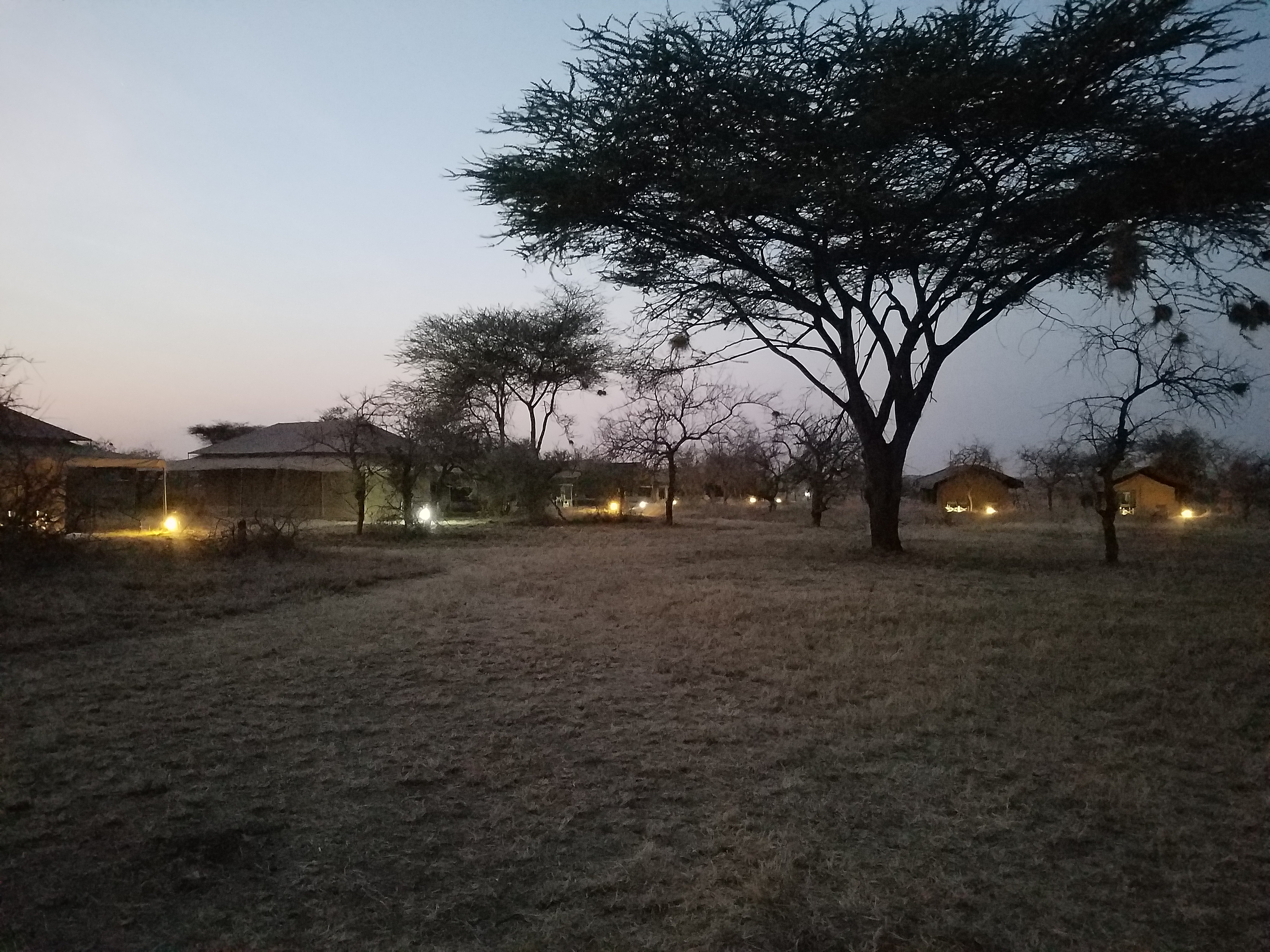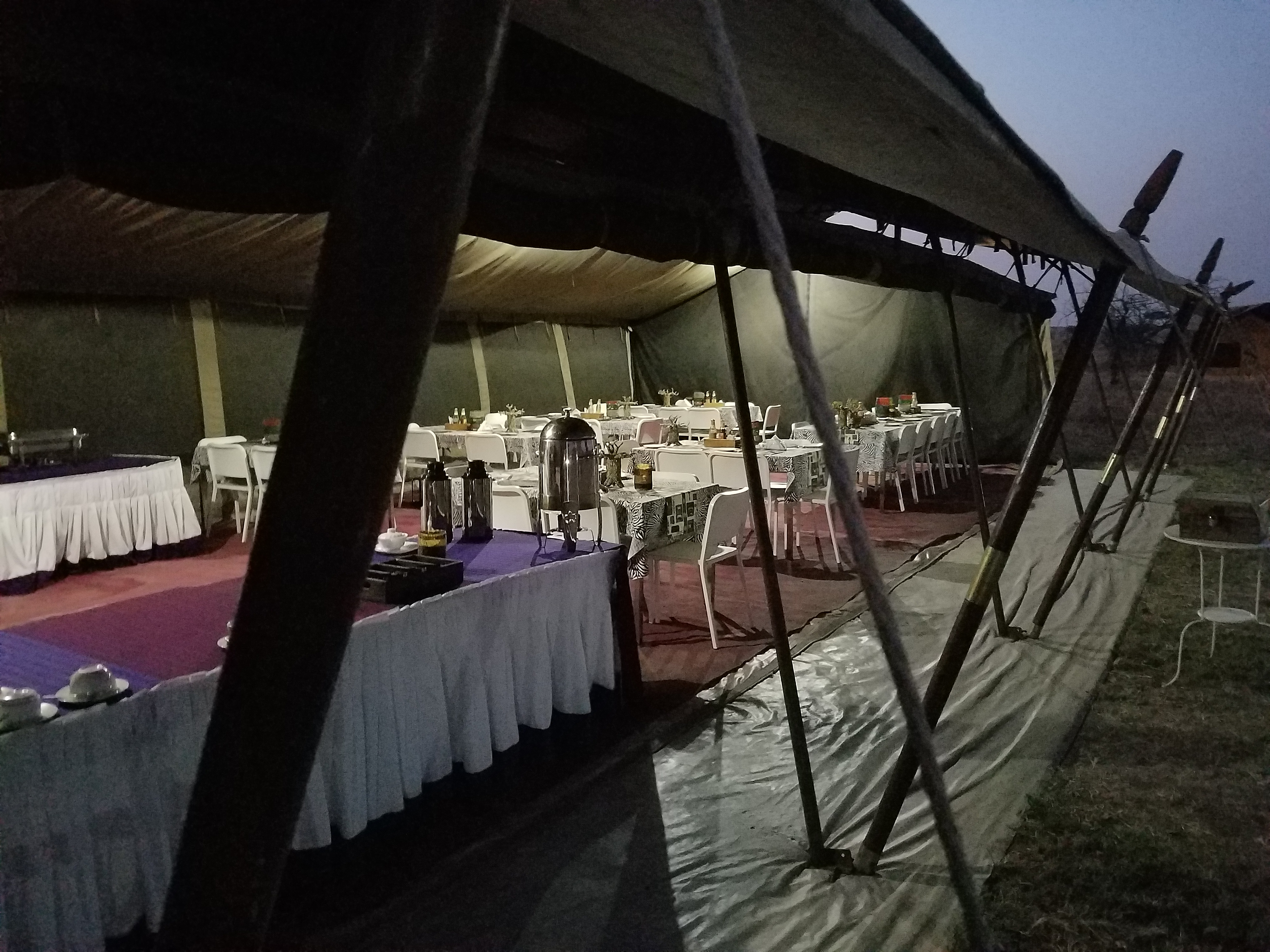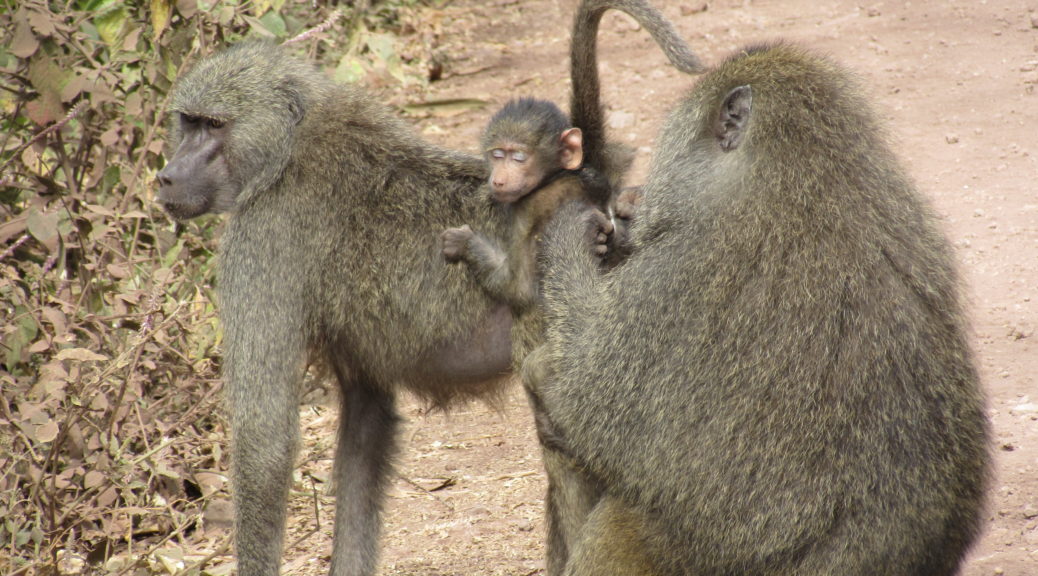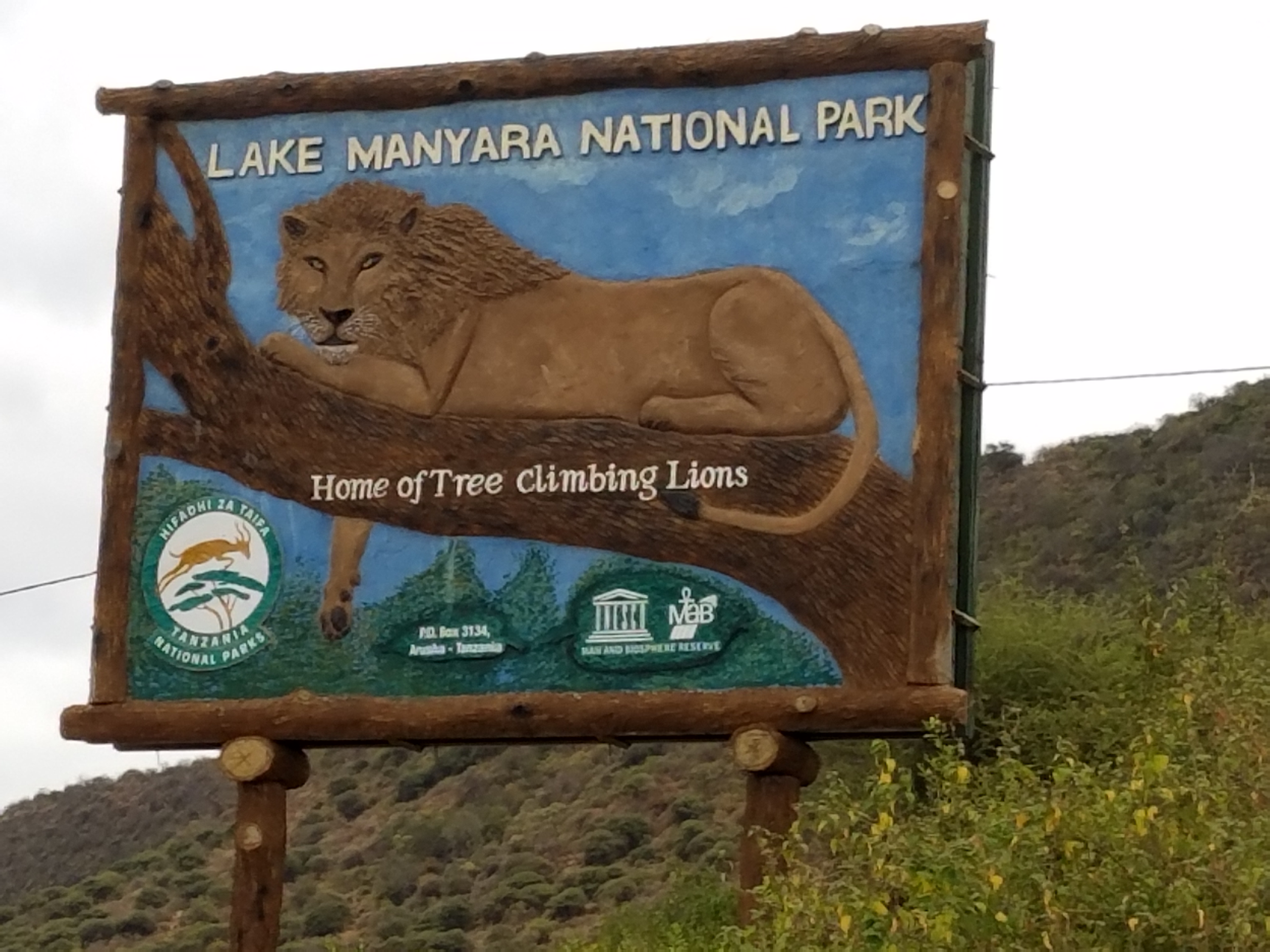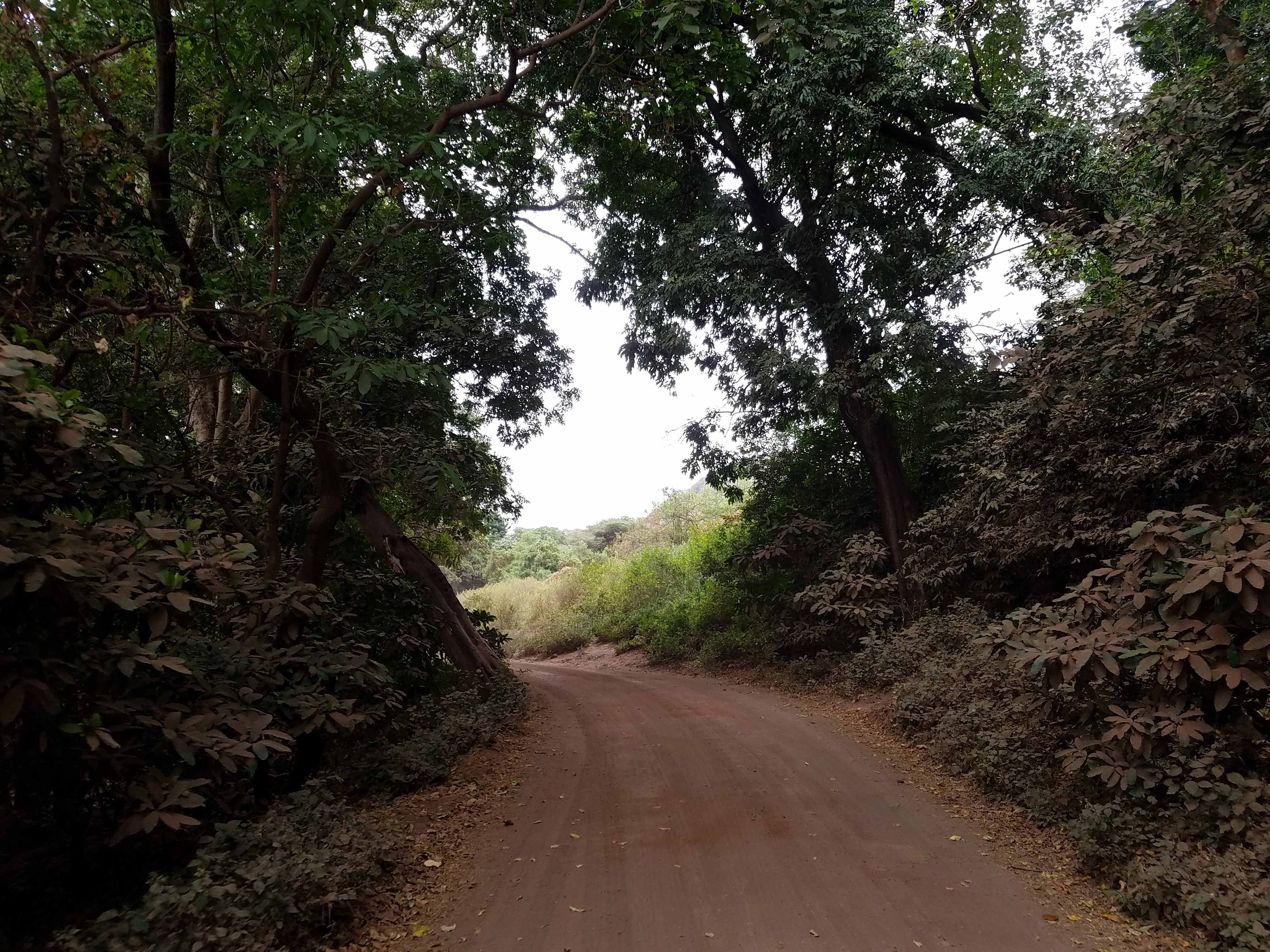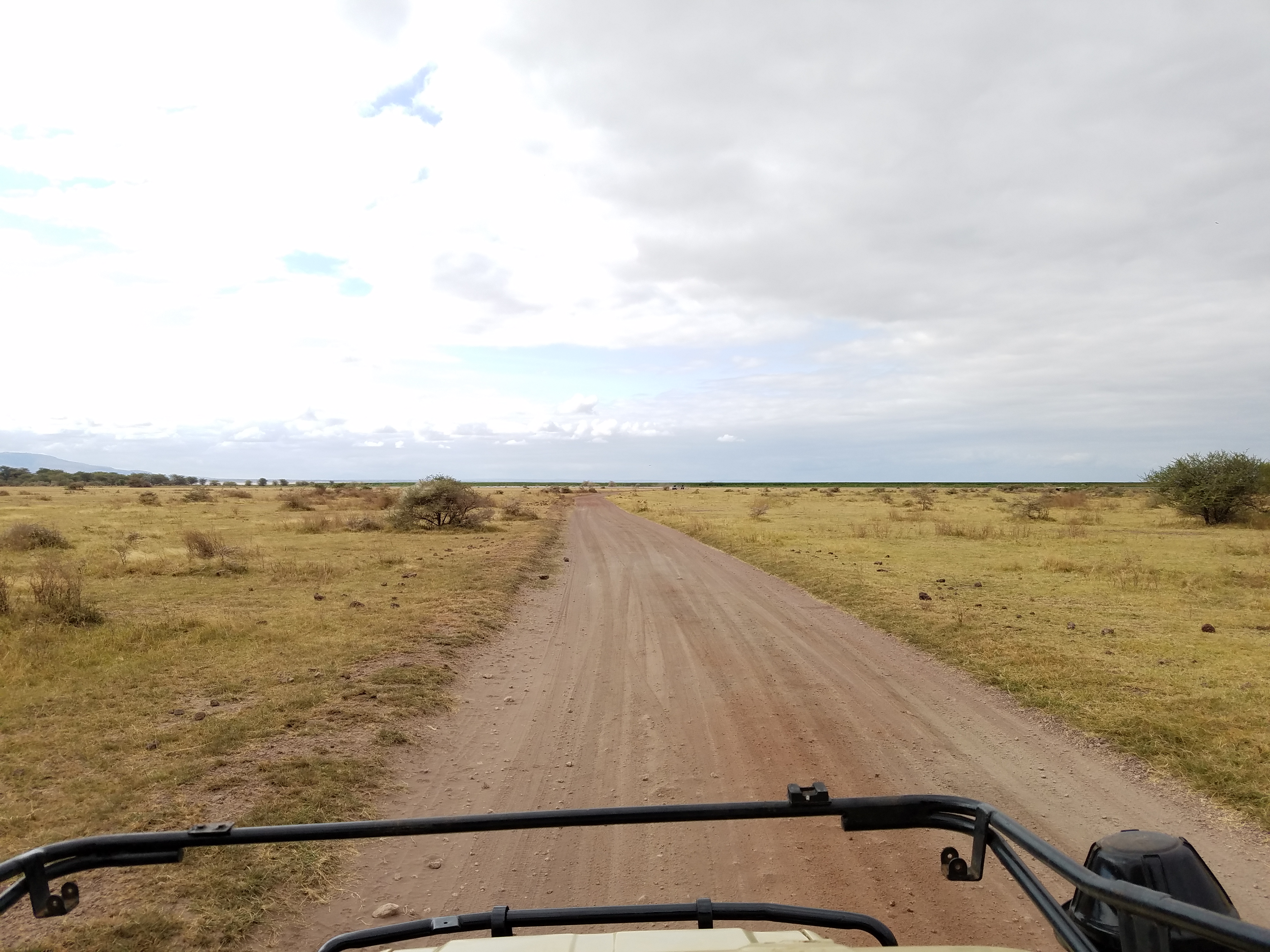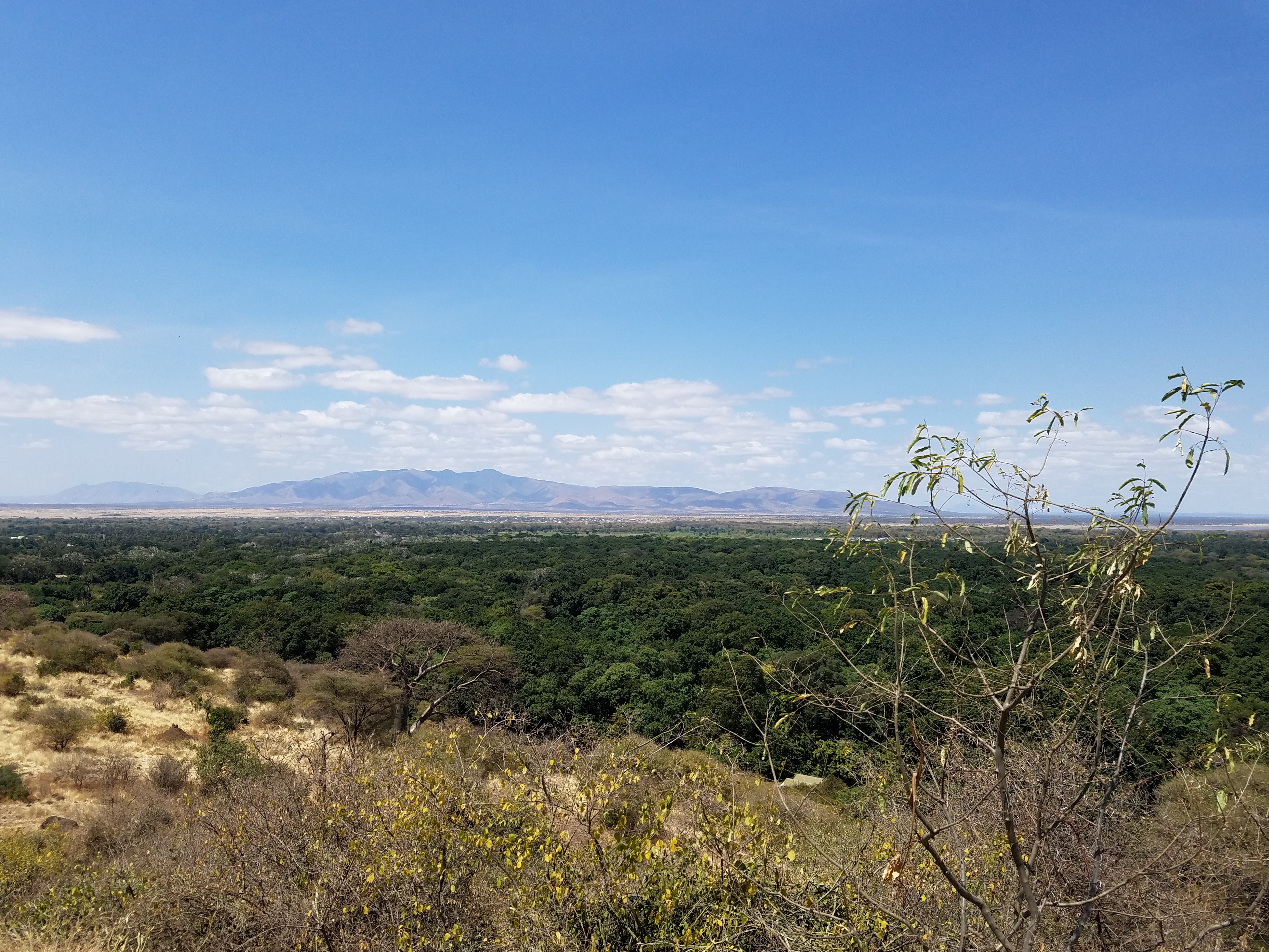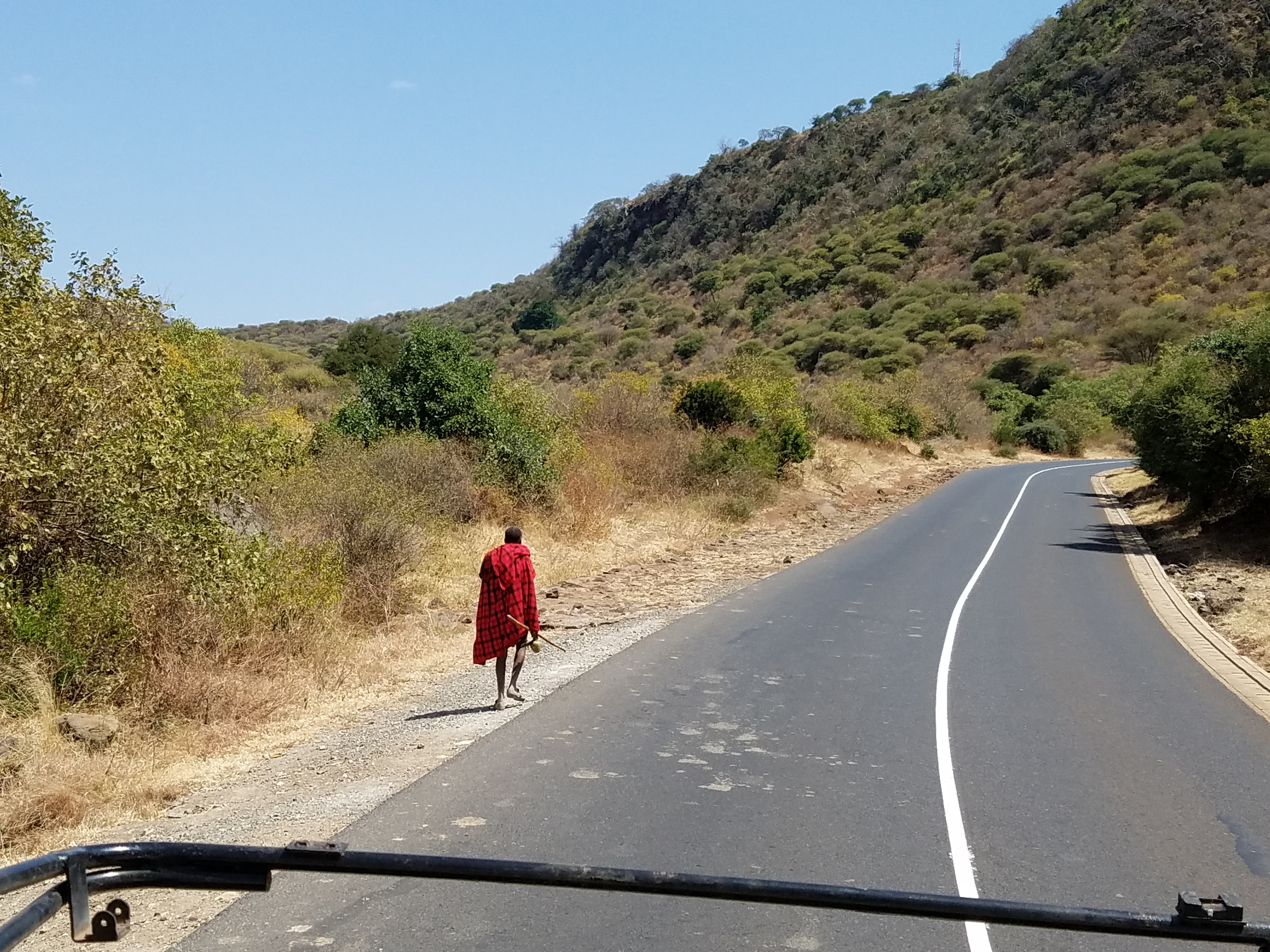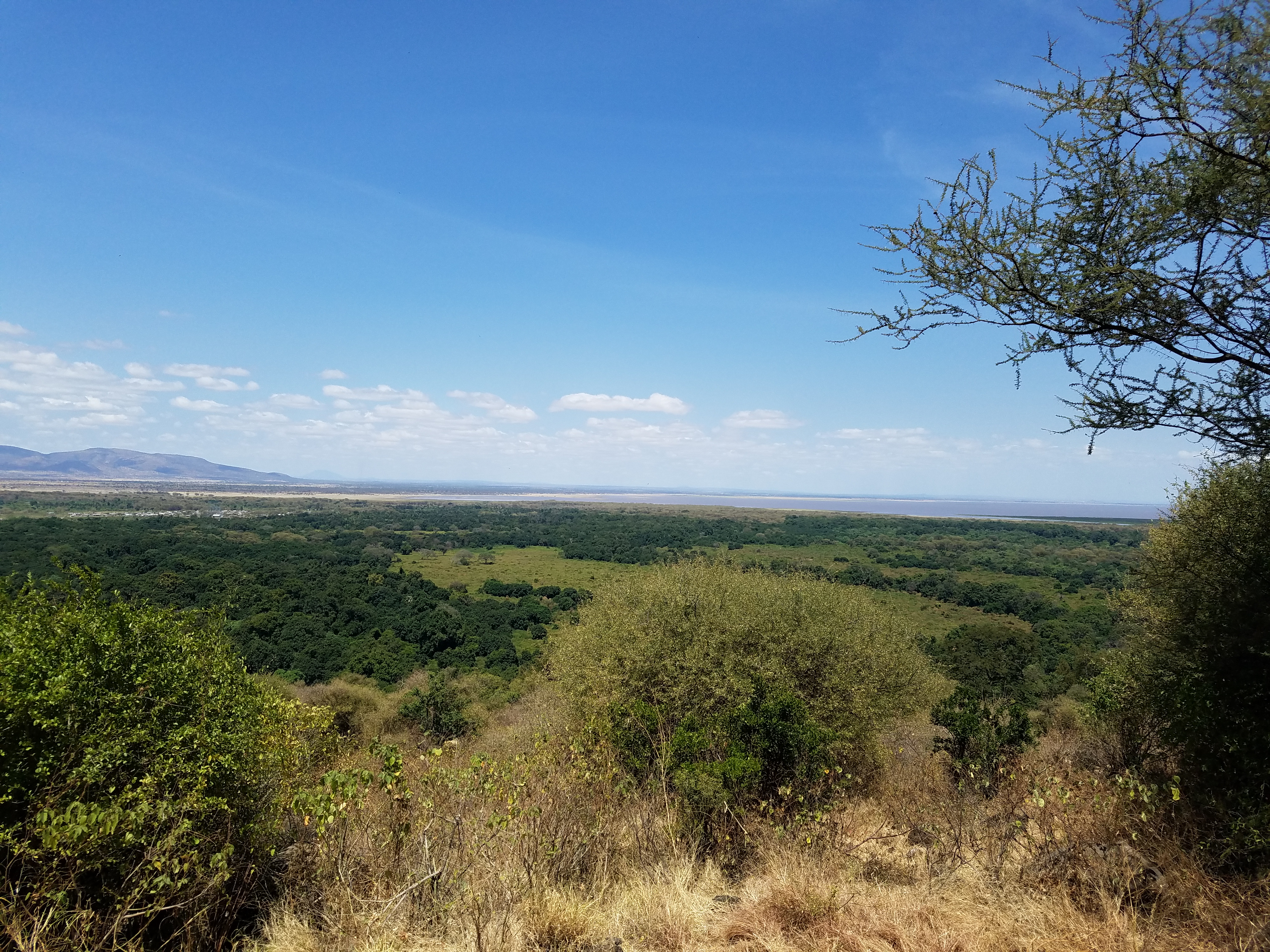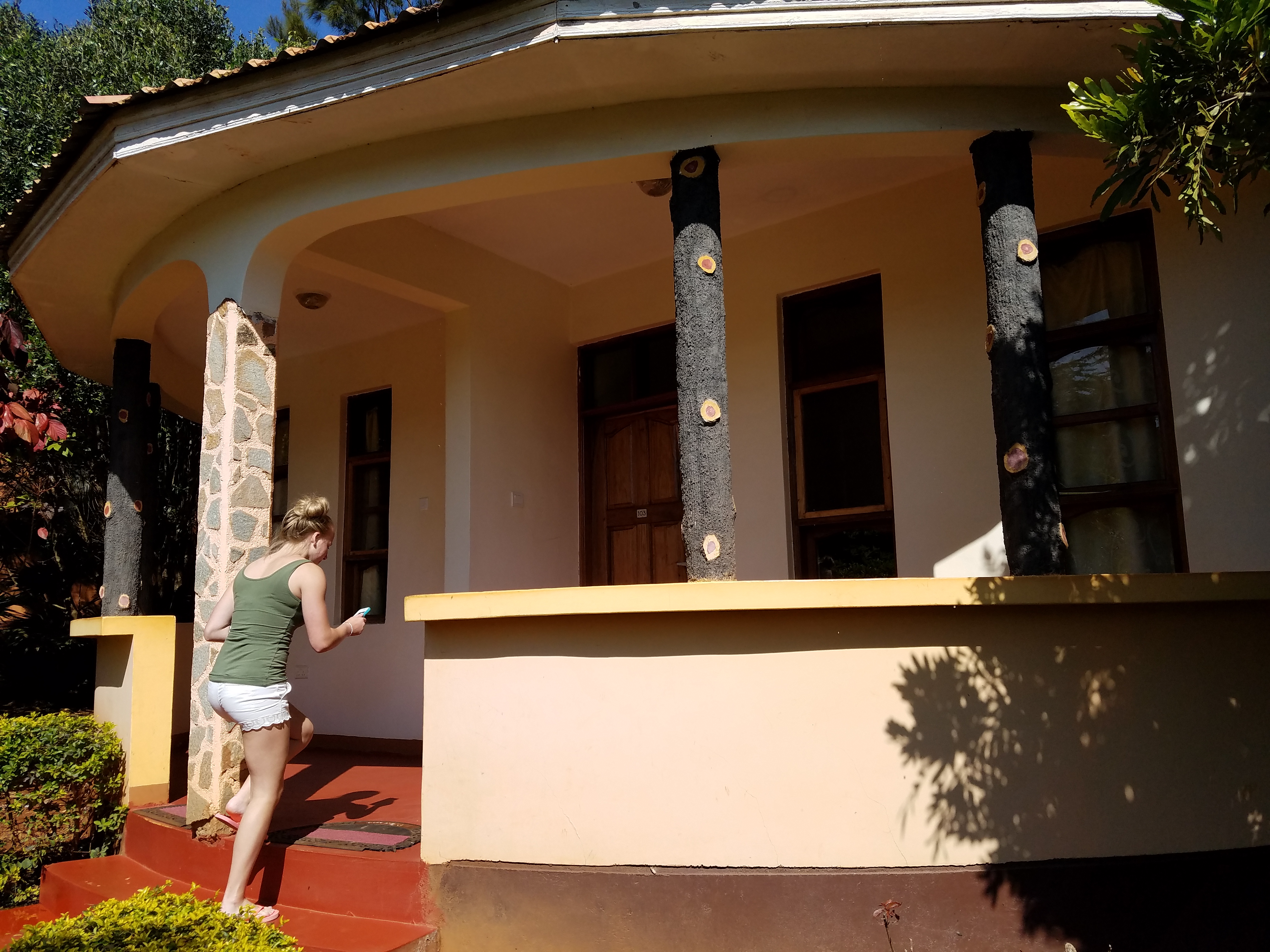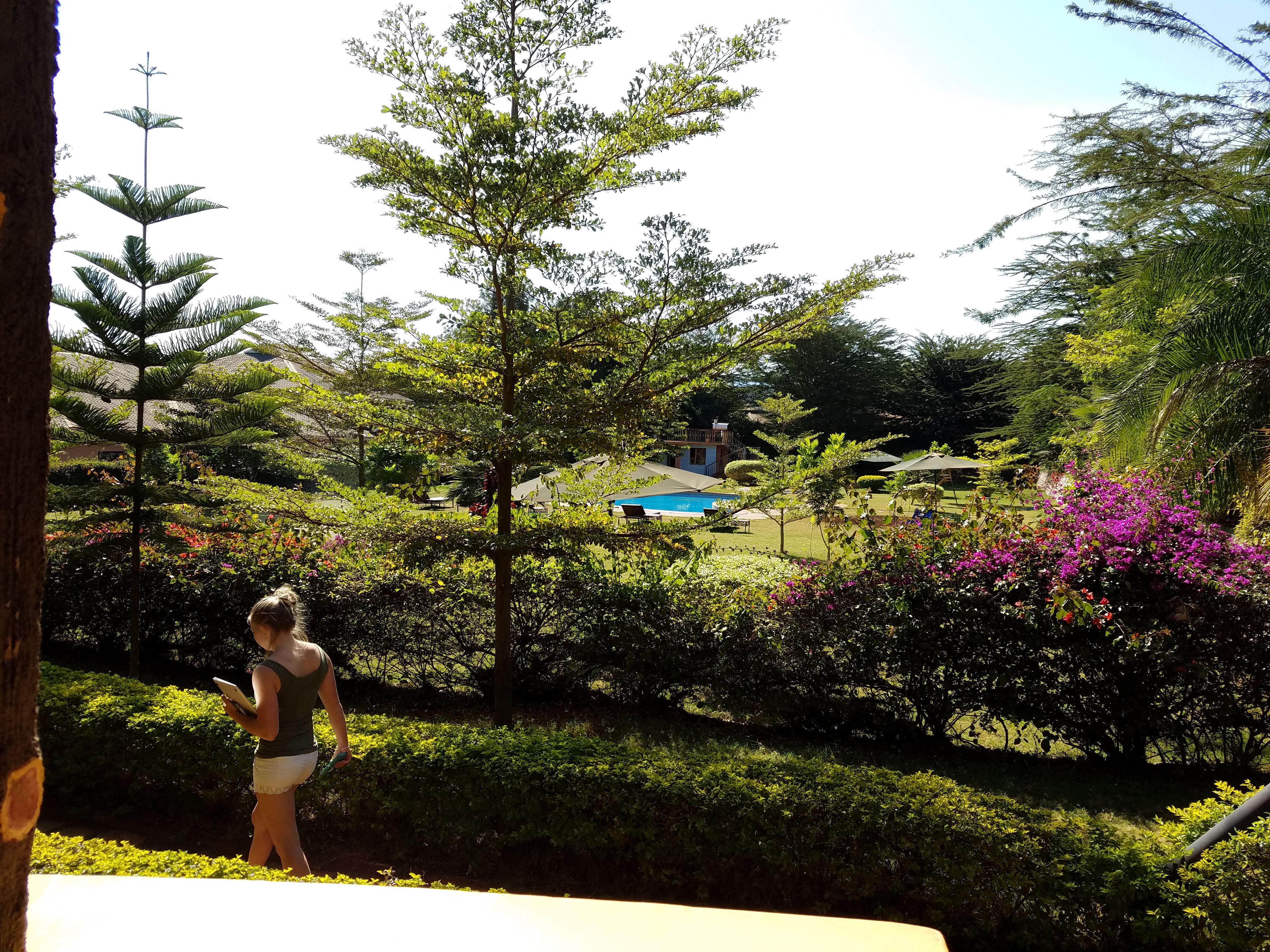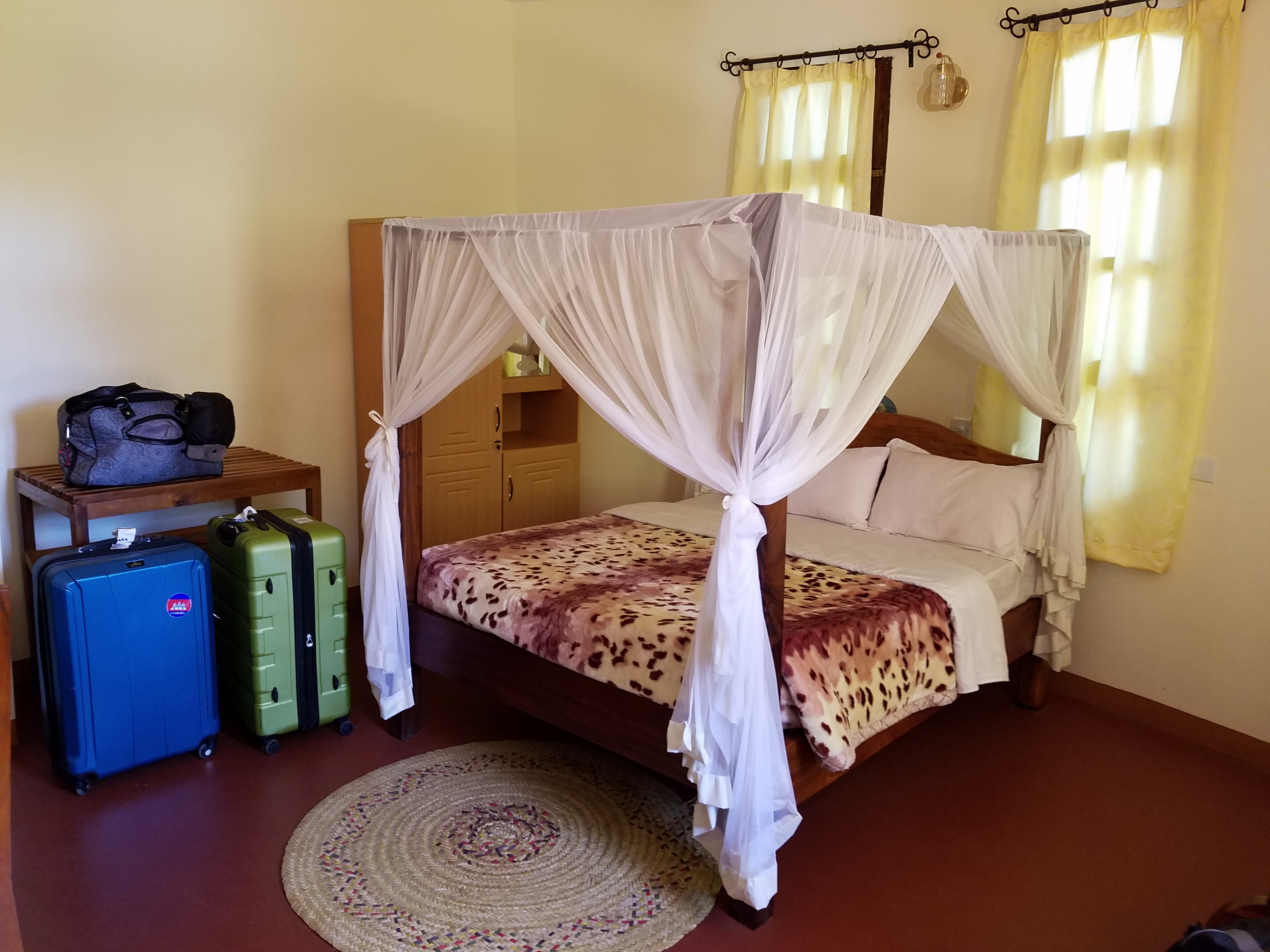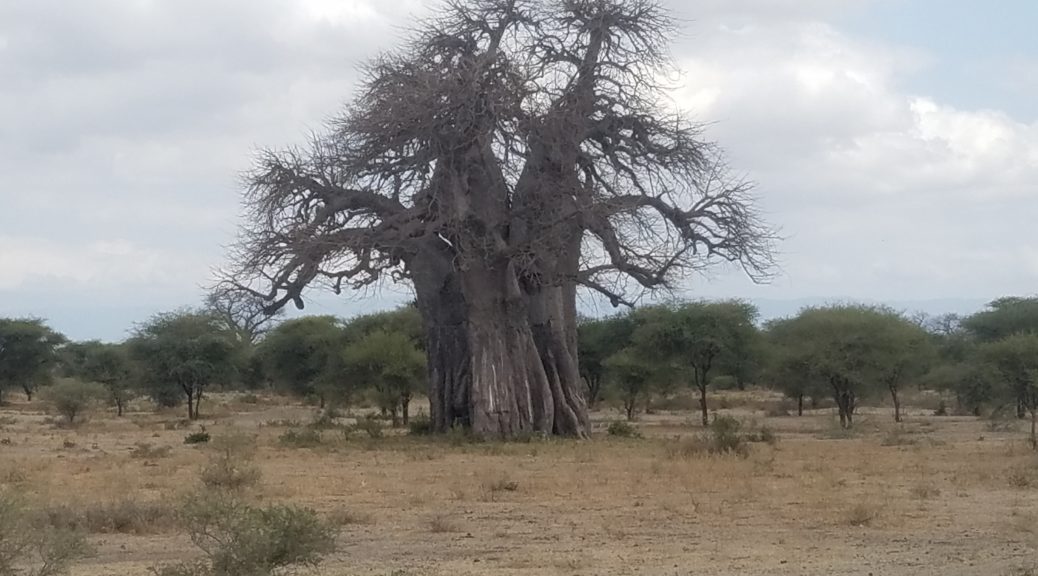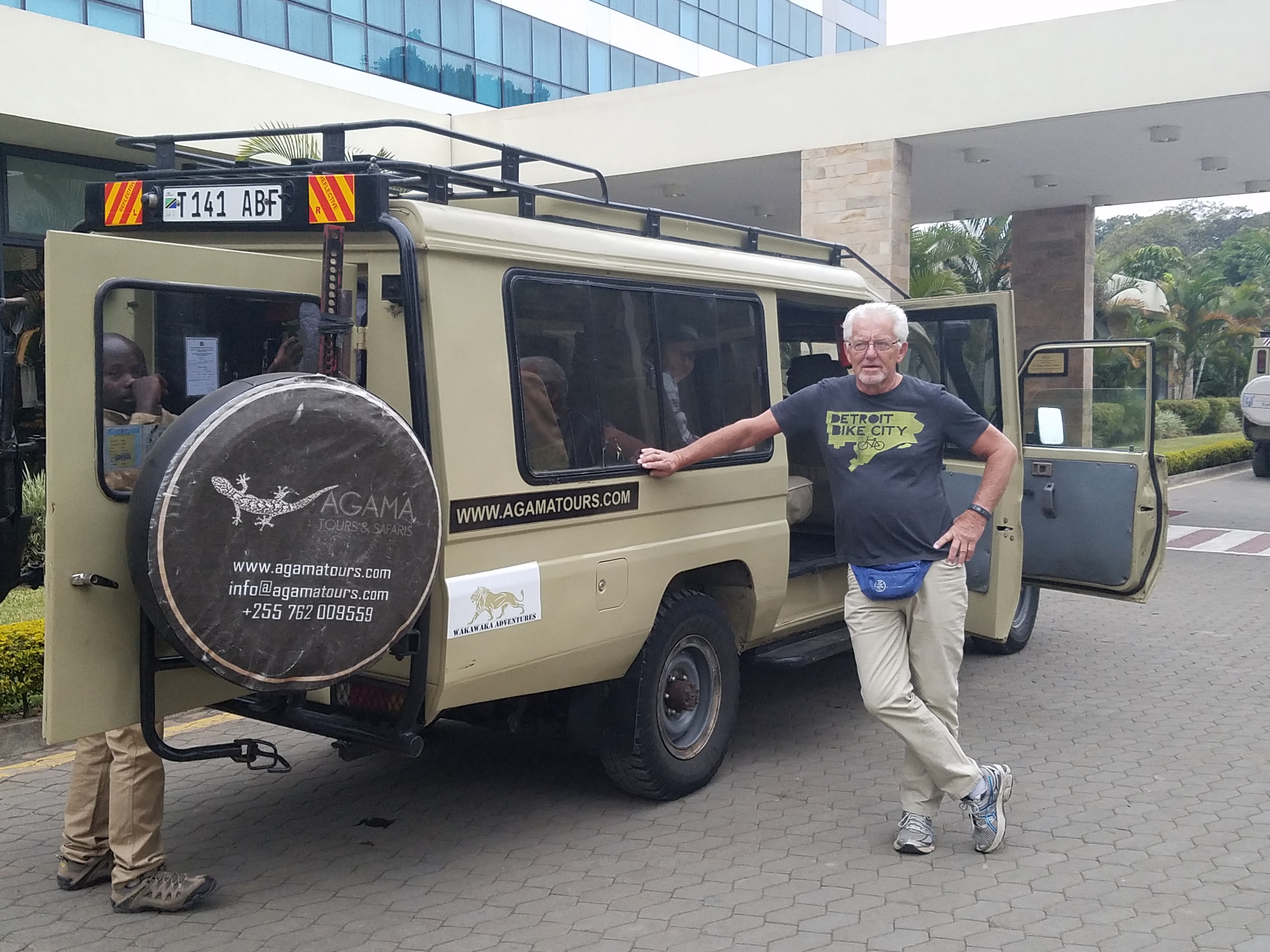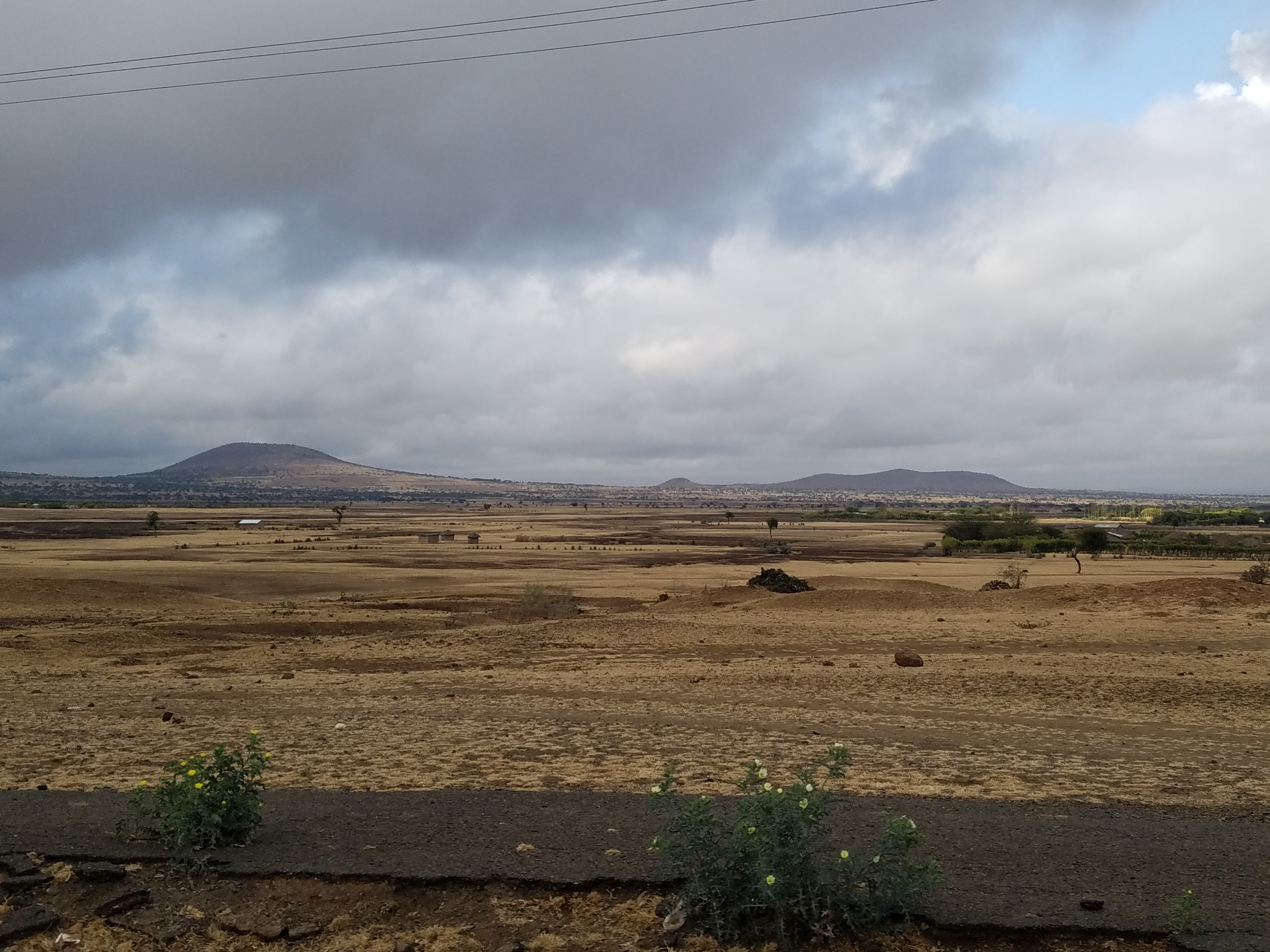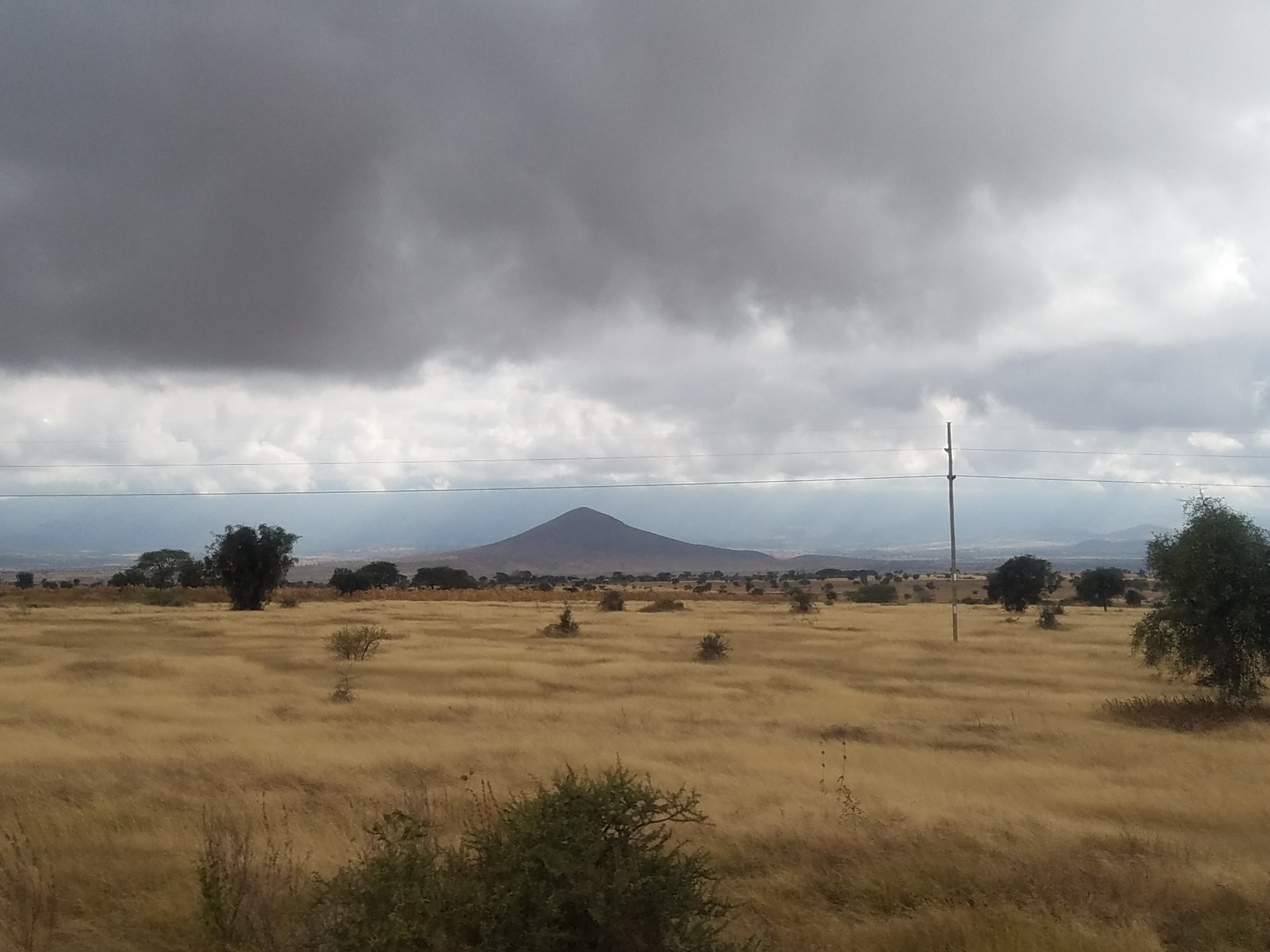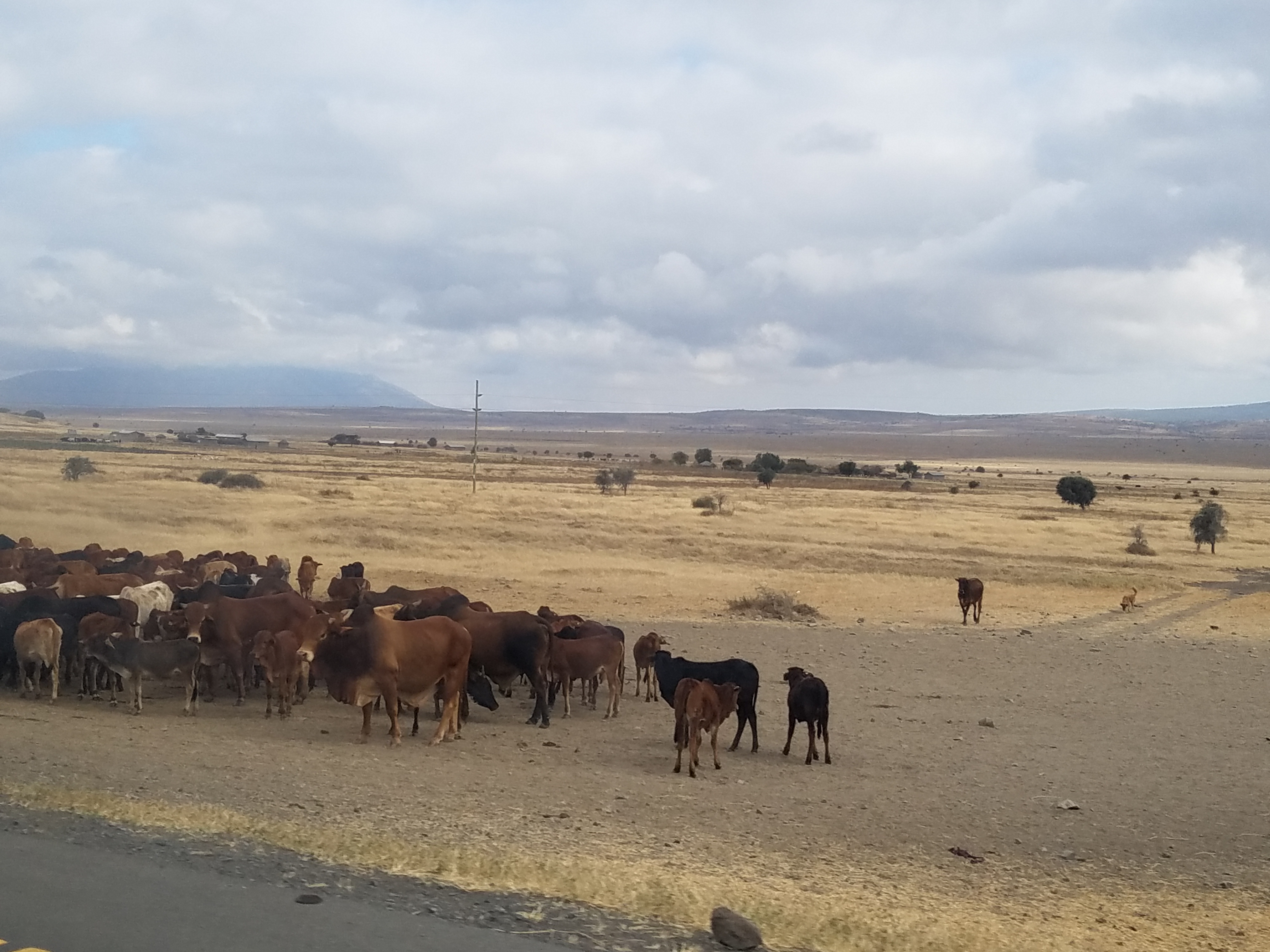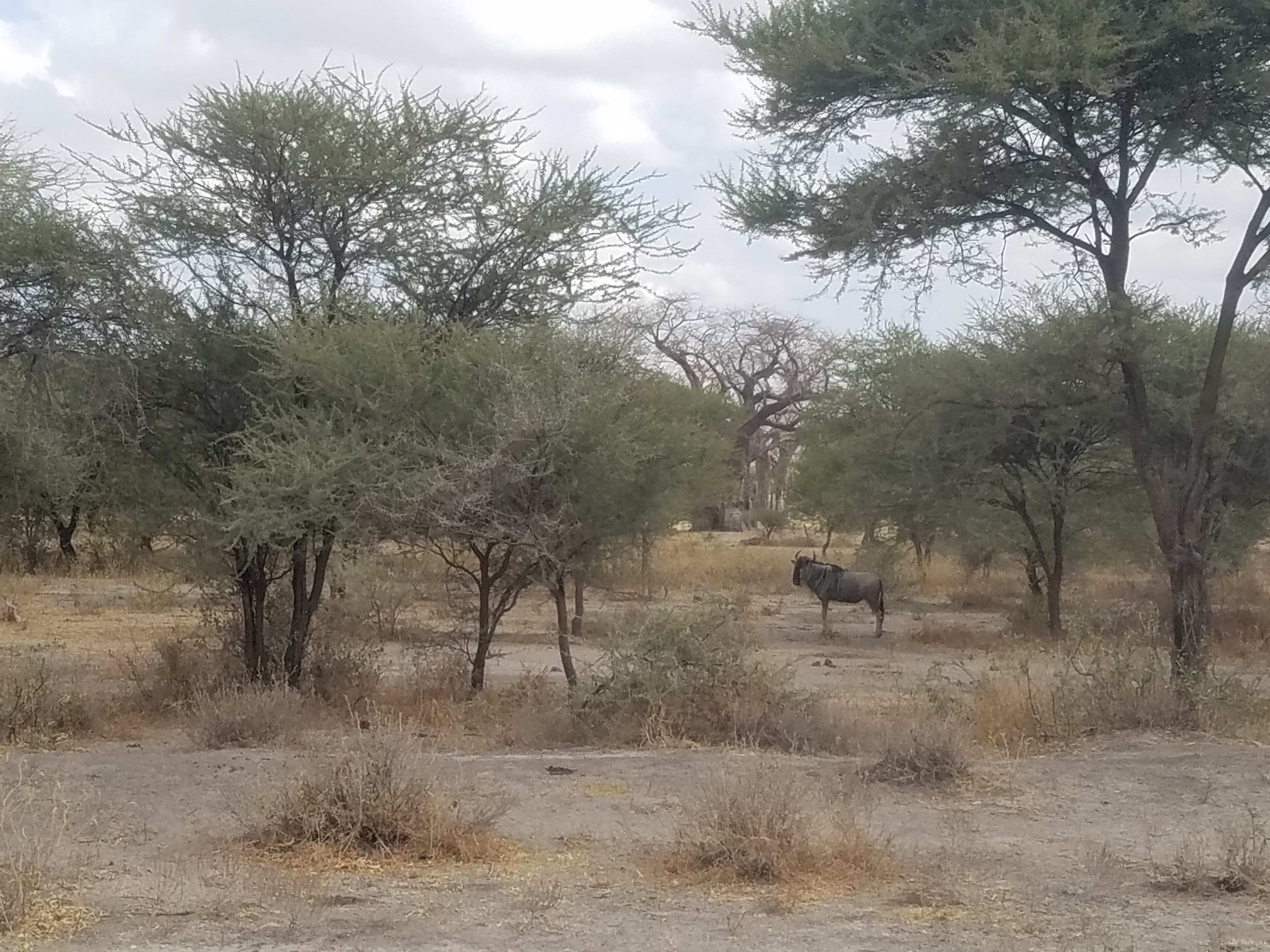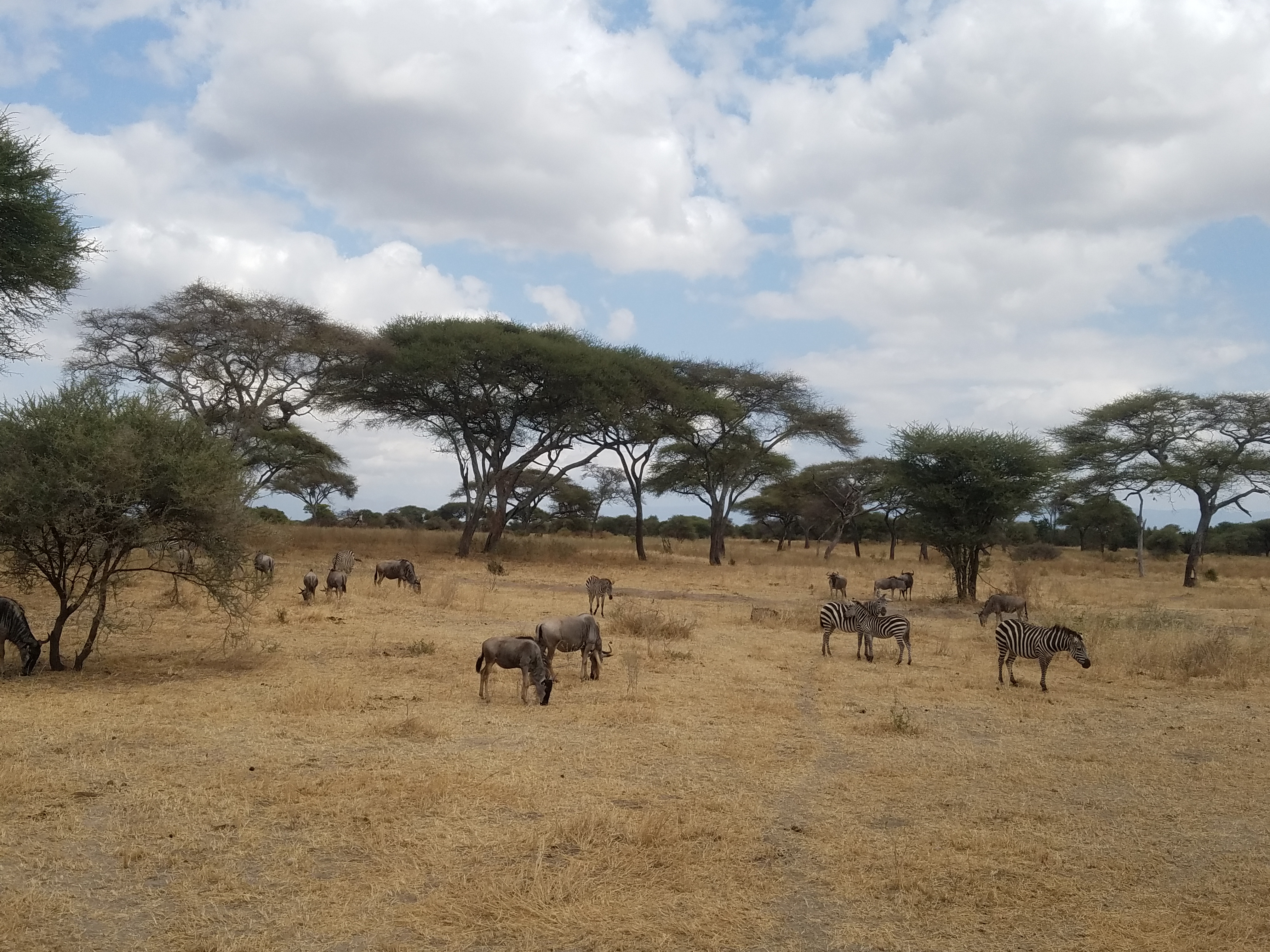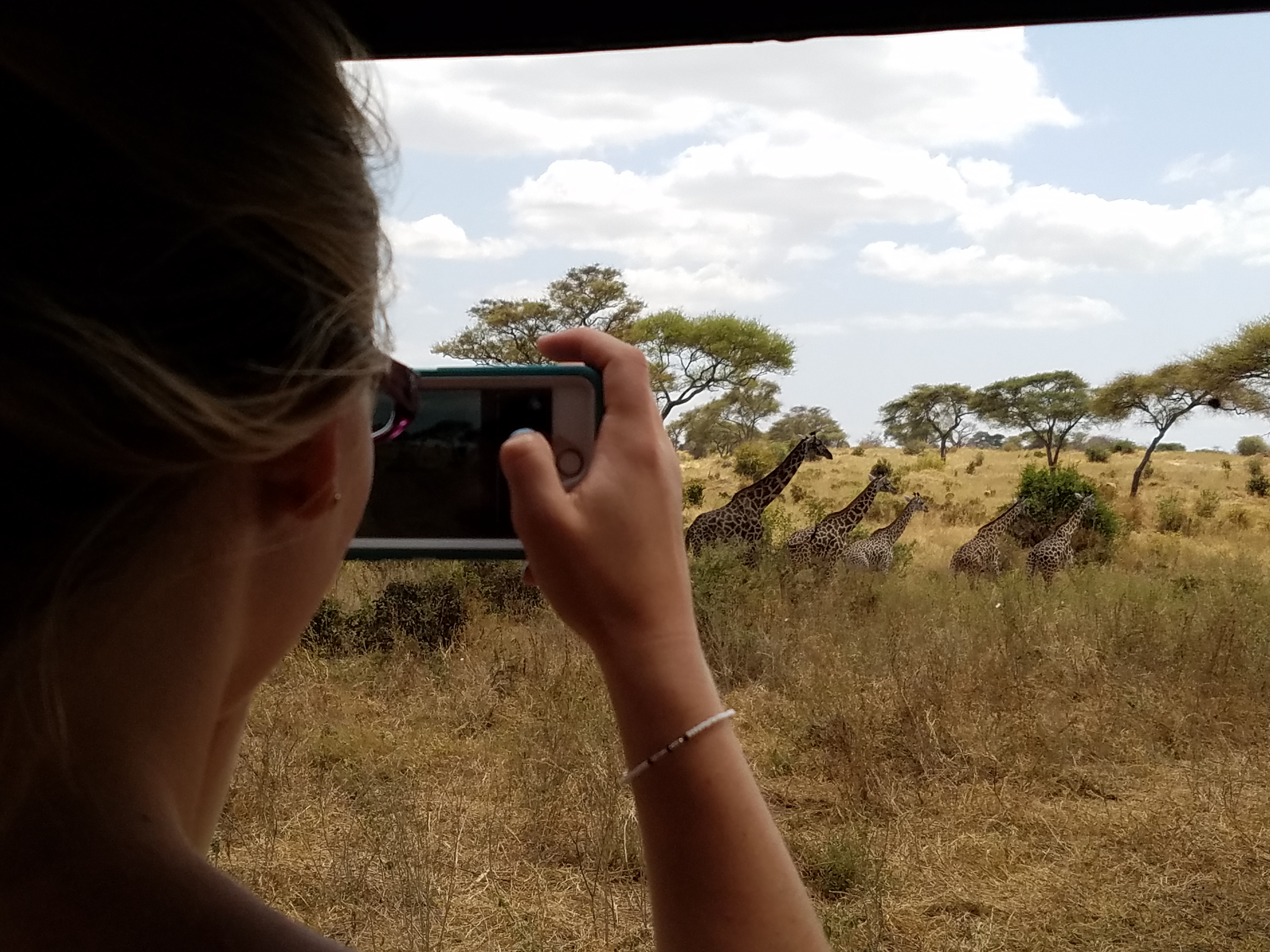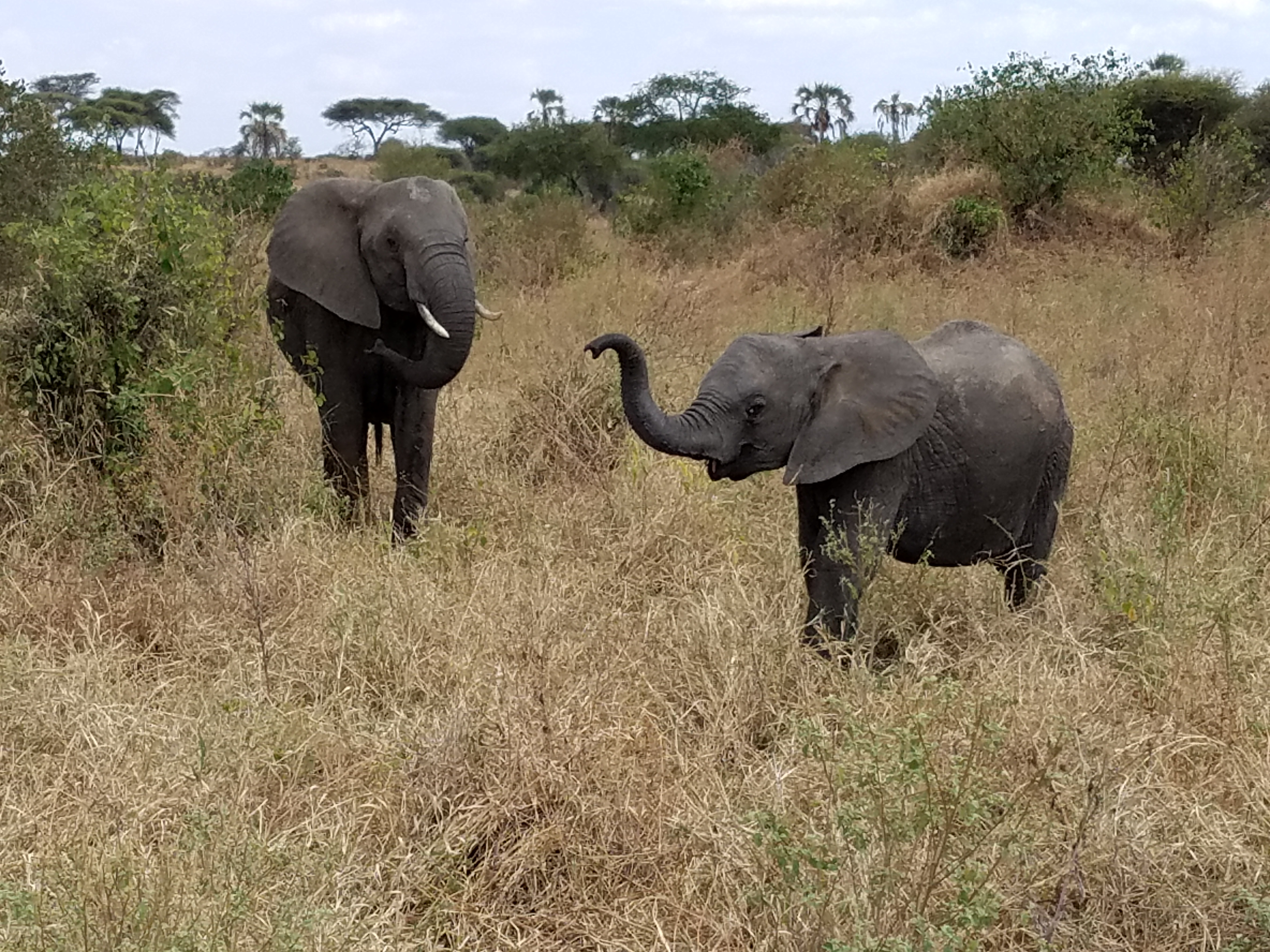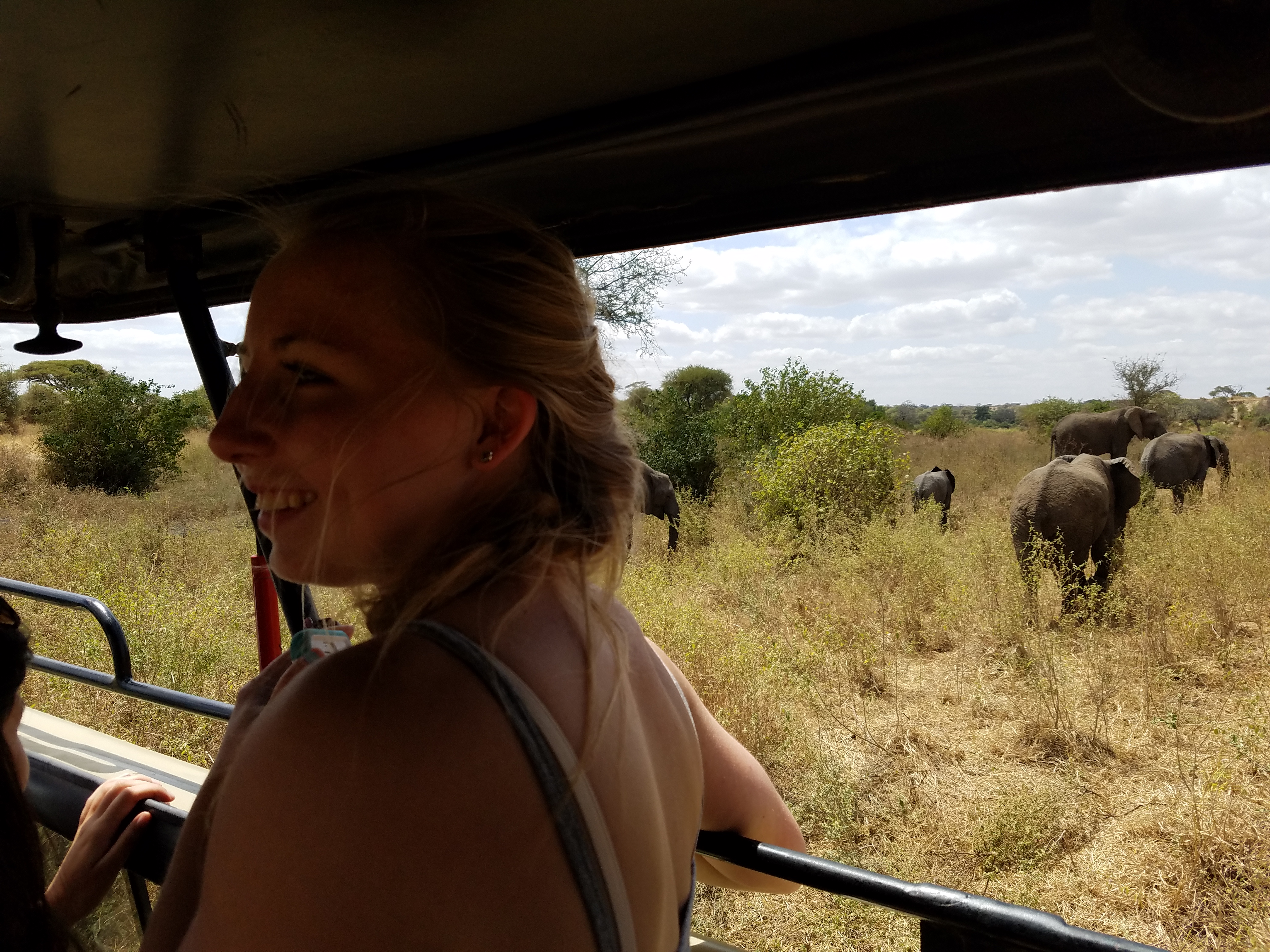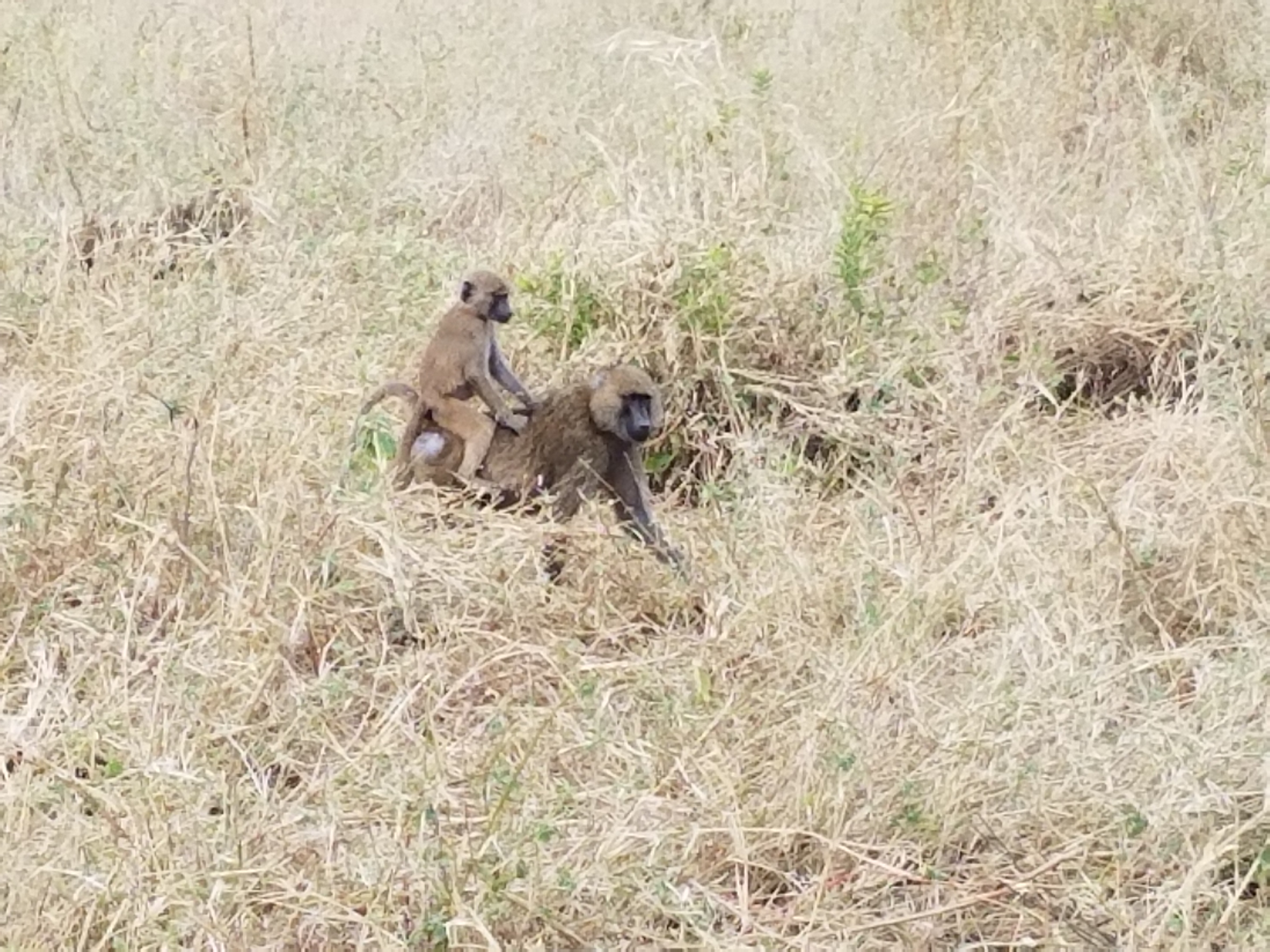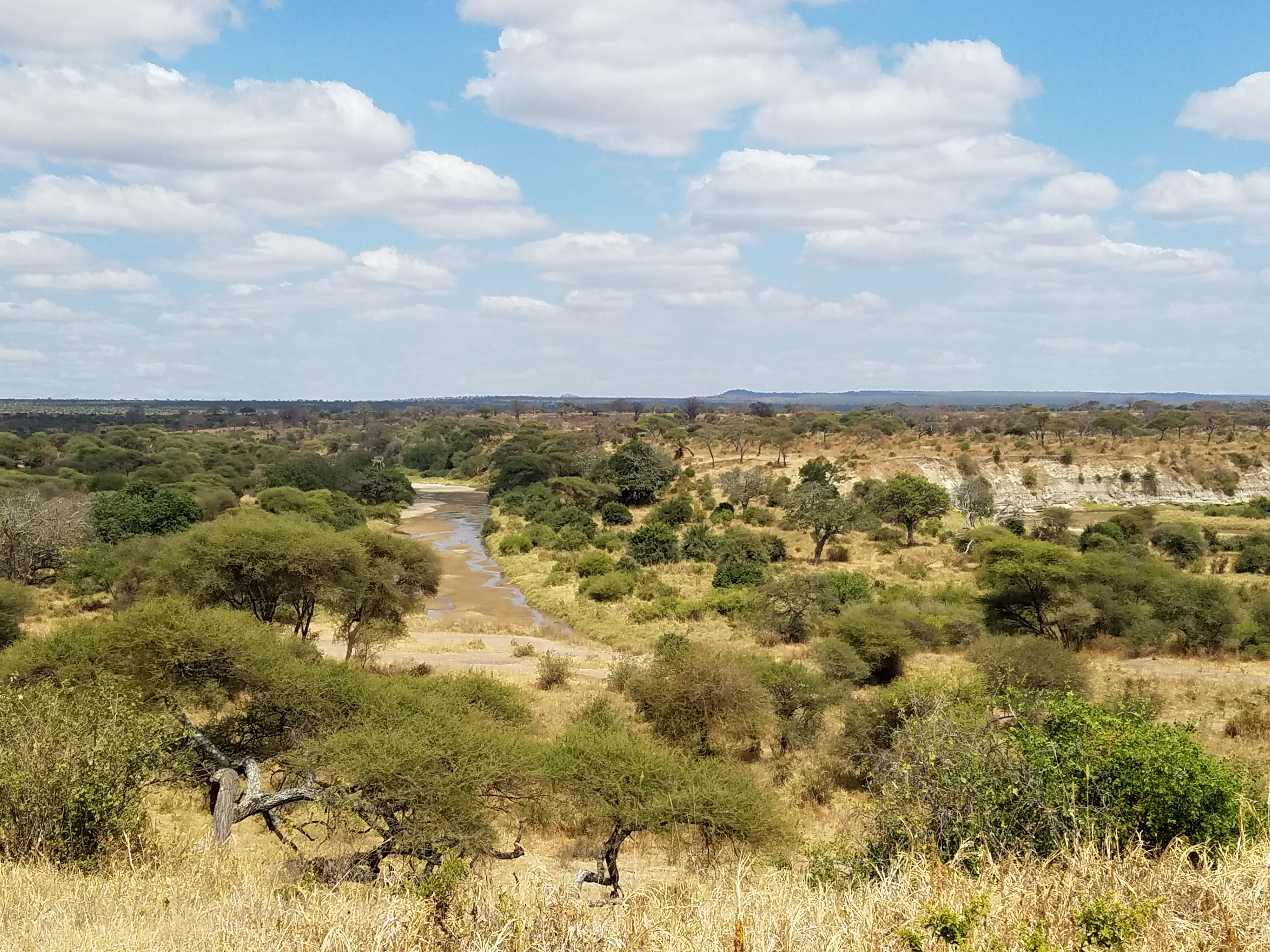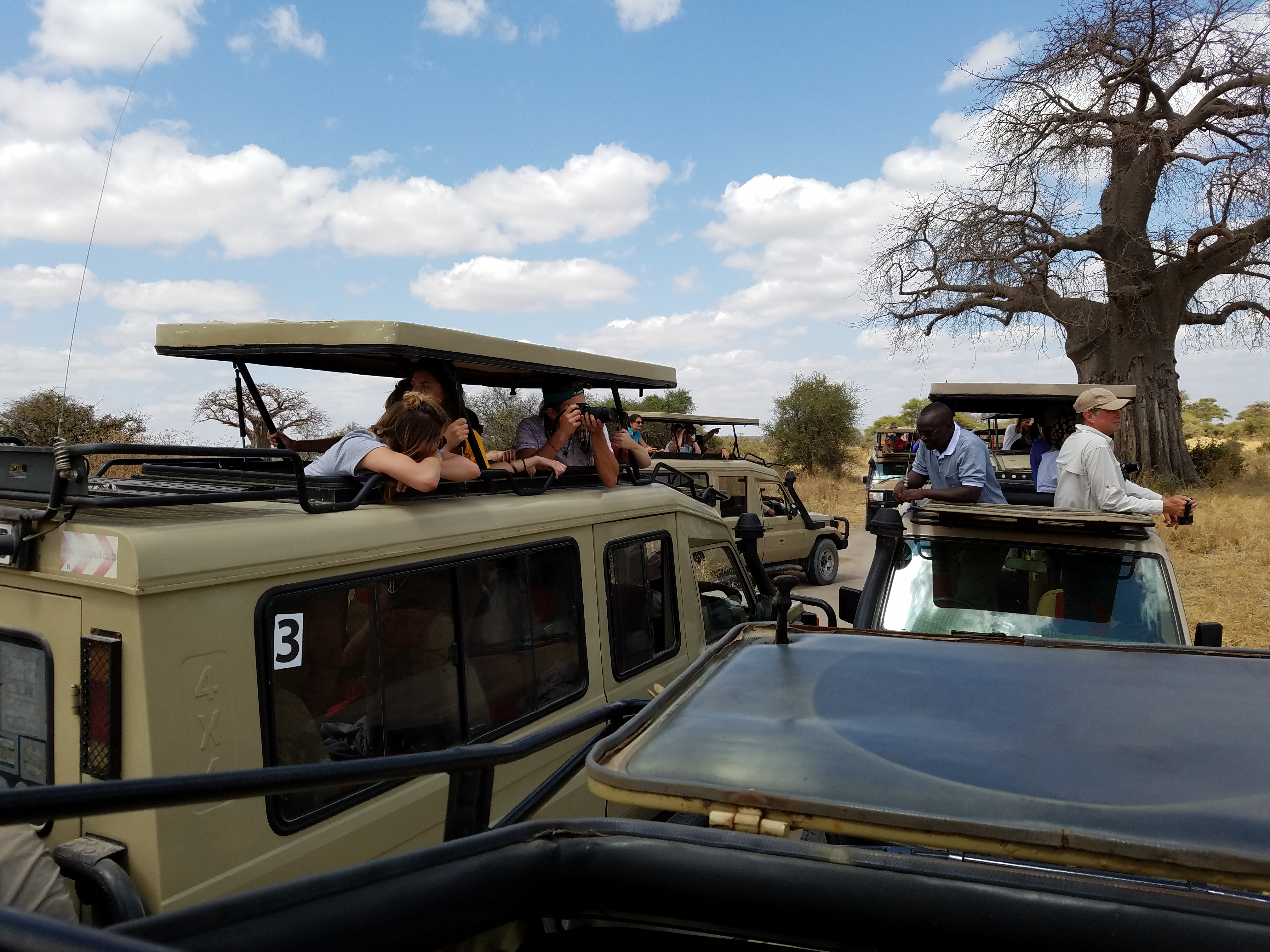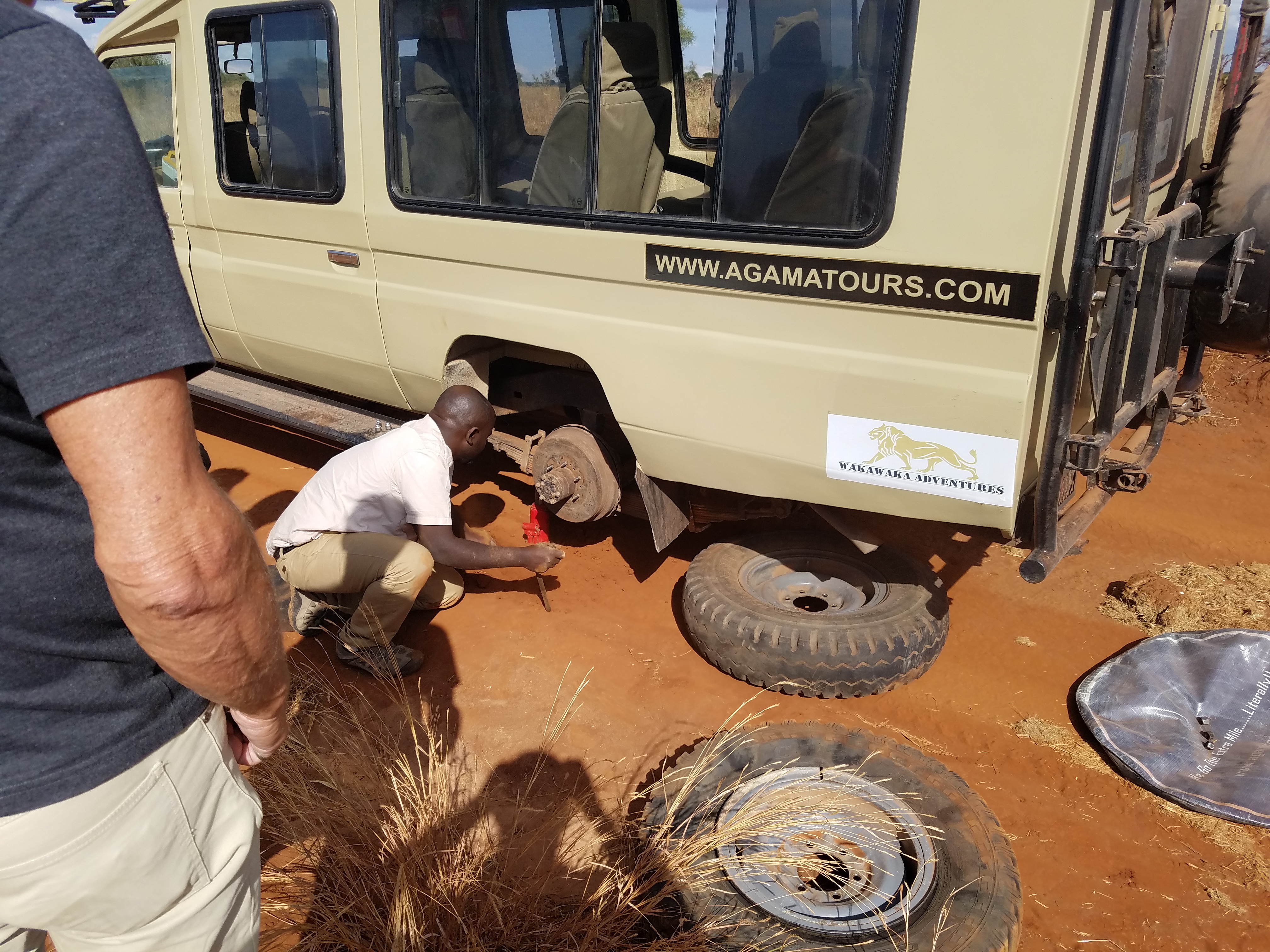Last night was exciting! Lights out around 10pm or so at the Ngorongoro Crater Wildcamp, Taylor and I lay there in silence, just listening. We could hear twigs and small brush breaking from footfalls just outside our tent. Curiosity was not going to allow us to simply lie there and fall asleep. We unzipped a couple of the windows and used the LED from an IPhone to shed a little light onto what was creeping around out there. There was movement, but no definitive identification could be made. I felt confident that it was probably something harmless as I believed that I could hear it chewing — grass perhaps. In an instant, something startled our mystery guests. Out of nothingness, about 6 or so zebras jumped and ran directly toward our tent before quickly veering away and heading back out into the darkness. Exciting, heart-pounding, to say the least. Although we were not entirely sure what spooked our herbivore friends, from the calls we could hear, I am certain they were hyenas.
The predawn hours were chilly as usual. You never really think about it being “chilly” in Africa, but at night in the higher altitudes temperatures can easily drop into the low 40’s, sometimes 30’s.
We descended into the Ngorongoro crater in the early morning. The fog had lifted off of the ground, but still served as a lid over the entire caldera. The dampness in the air helped moisten the roads and keep the dust to a minimum.
With its abundant fields of grass and some permanent water holes, the crater seemed as though it were a perfect refuge for the grazers of Tanzania. Wide open spaces giving them distant views and plenty of warning of any predators in the area.
Warthogs seem to be ever-present in Tanzania, and there was no exception in the Ngorongoro Conservation Area. Largely herbivores, we often find them kneeling on the forelegs rooting their snouts into the earth in search of roots and tubers.
Lions were also found throughout the park. Having no real predators here, these animals seem to feel comfortable lounging anywhere they please.
One of the most prized sightings in Africa is the Black Rhino. Nearly extinct, Peter explained, it would be difficult to find this member of the “Big 5” as there are only 17 left in the park. On this particular morning it appeared that luck and good fortune had shone upon us.
It took a lot patience to wait for the massive beast to awaken from his slumber and stand so that we could all get a good look at him. Although we were a long distance away, it was easy to be impressed by the size and stoutness of this biological tank. To allow this animal to slip into extinction would be a crime.
The habitat here was also very hospitable for many bird species, as well. We were able to get some nice shots of Tanzania’s national bird, the Crowned Crane. In addition, we got a couple of good vantage points for the flocks of pink flamingos that migrate through.
The hippos here were also in abundance. We were finally able to get pictures of more than just their backs.
Following a couple of photos along side the hippo pool with our new friend, Peter, we began the steep assent of the crater wall. A very narrow, cobblestone road, I felt quite fortunate to have an experienced driver here. One slip or mistake and it would be difficult to recover.
Leaving the Ngorongoro crater and park, my mood was a bit melancoly. Not to downplay our desire to return to our families, the only thing left was our long slog home — five flights over the next 48 hours. It really meant that, for all intents and purposes, our African adventure was coming to a close. We wouldn’t be seeing any more animals, other than cows and goats. No more lions, elephants, giraffes.
We were delivered to the Arusha Airport within a few hours of our flight back to Dar es Salaam. With a little emotion and heartfelt farewells, we said goodbye to our friend, Peter. I am happy that we live in the age of technology and the internet. Via Facebook and other social media, I am certain we will remain friends.
Having come to the close of our 5 day/4 night safari I can only provide to my friends the highest of recommendations for Agama Tours. They were affordable, knowledgeable and helpful. The accommodations they provided along the way were no less than perfect. Our guide, Peter, was phenomenal. His knowledge of the land and animals was fantastic. He knew where to go and how to get the best vantage points to see all of the animals. He was also very attentive to our needs and comforts. It certainly seemed to be his honest mission to make our safari the adventure of a lifetime. Well, he succeeded.
